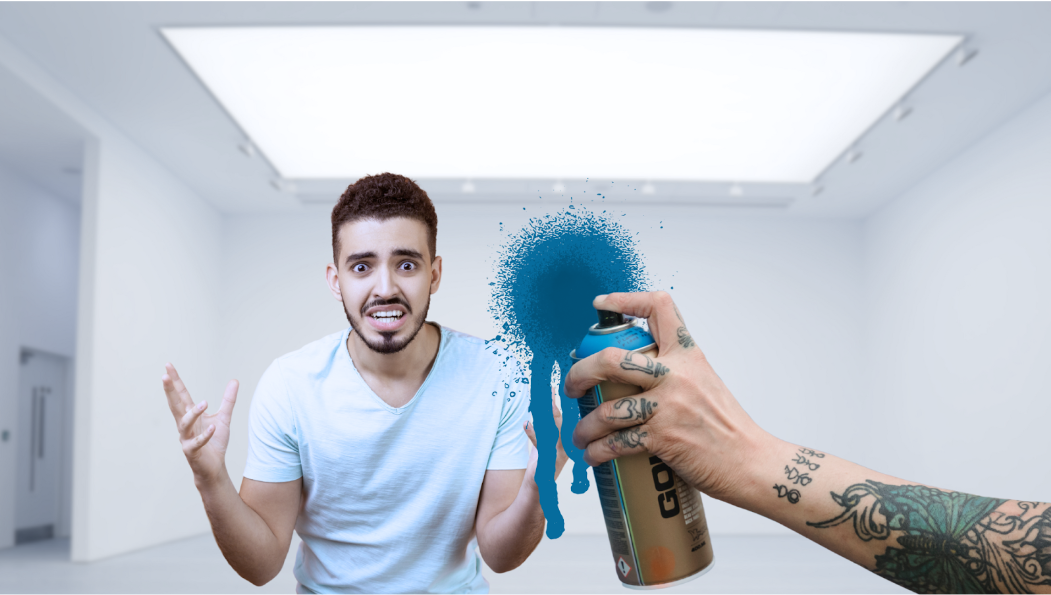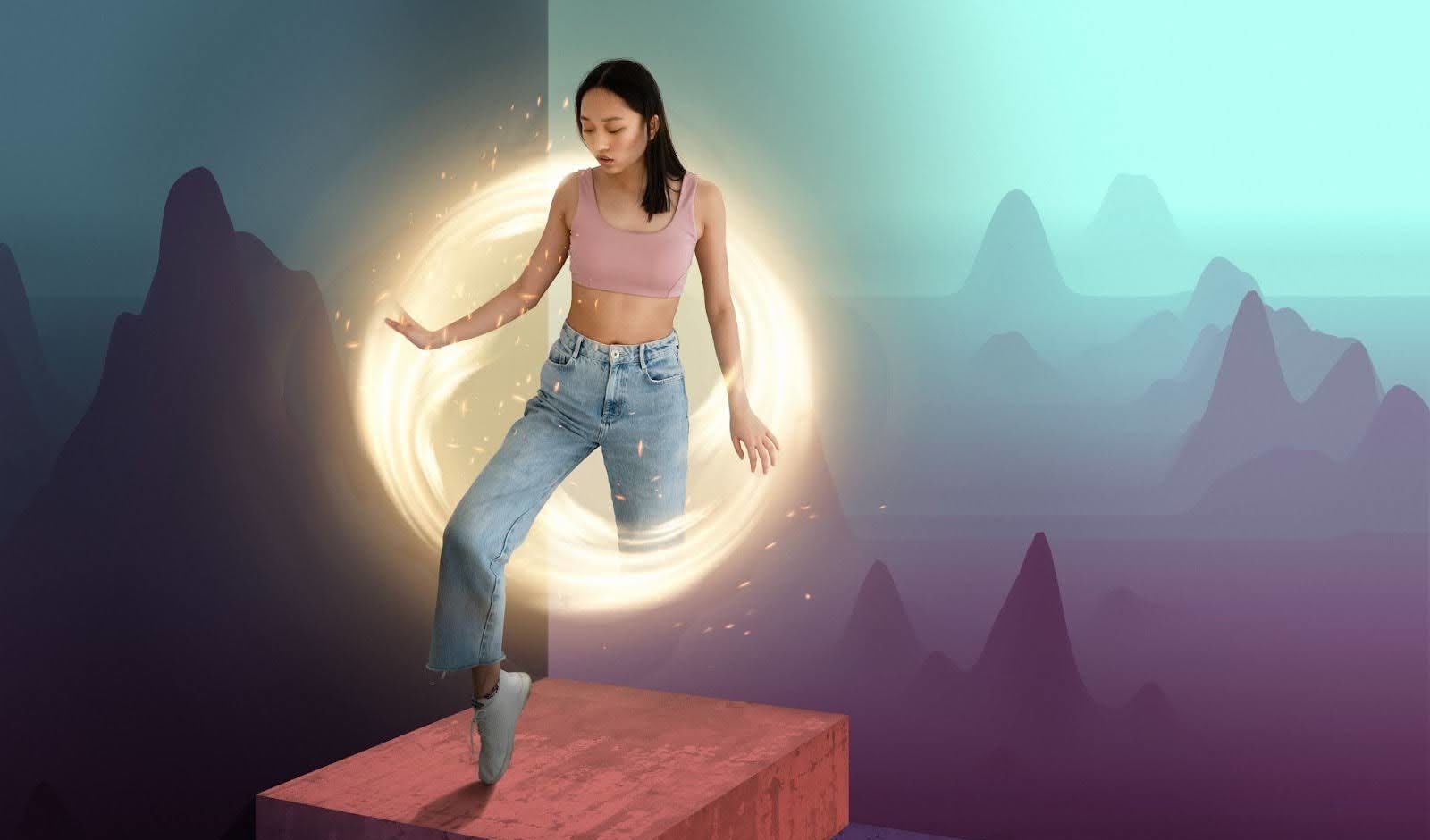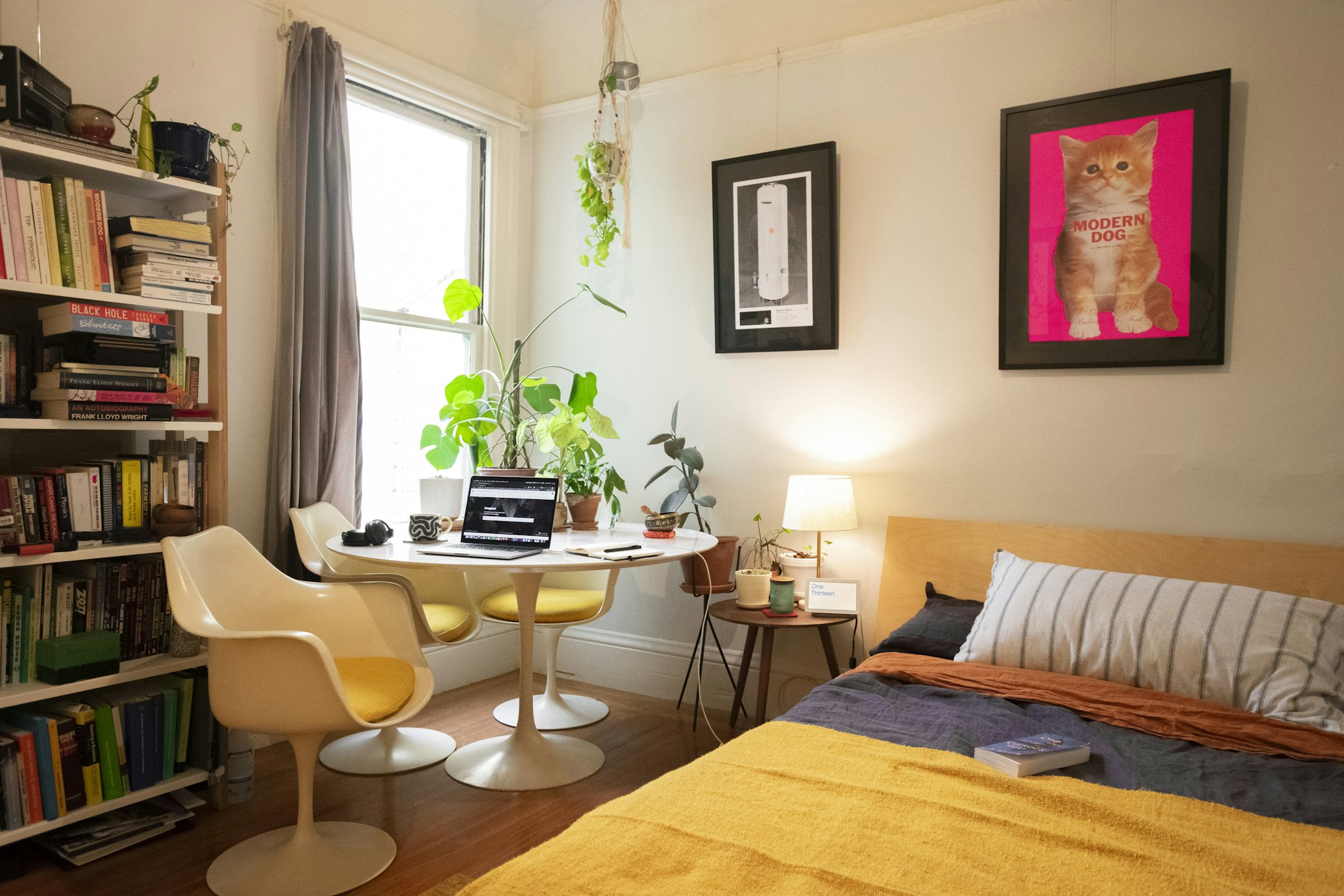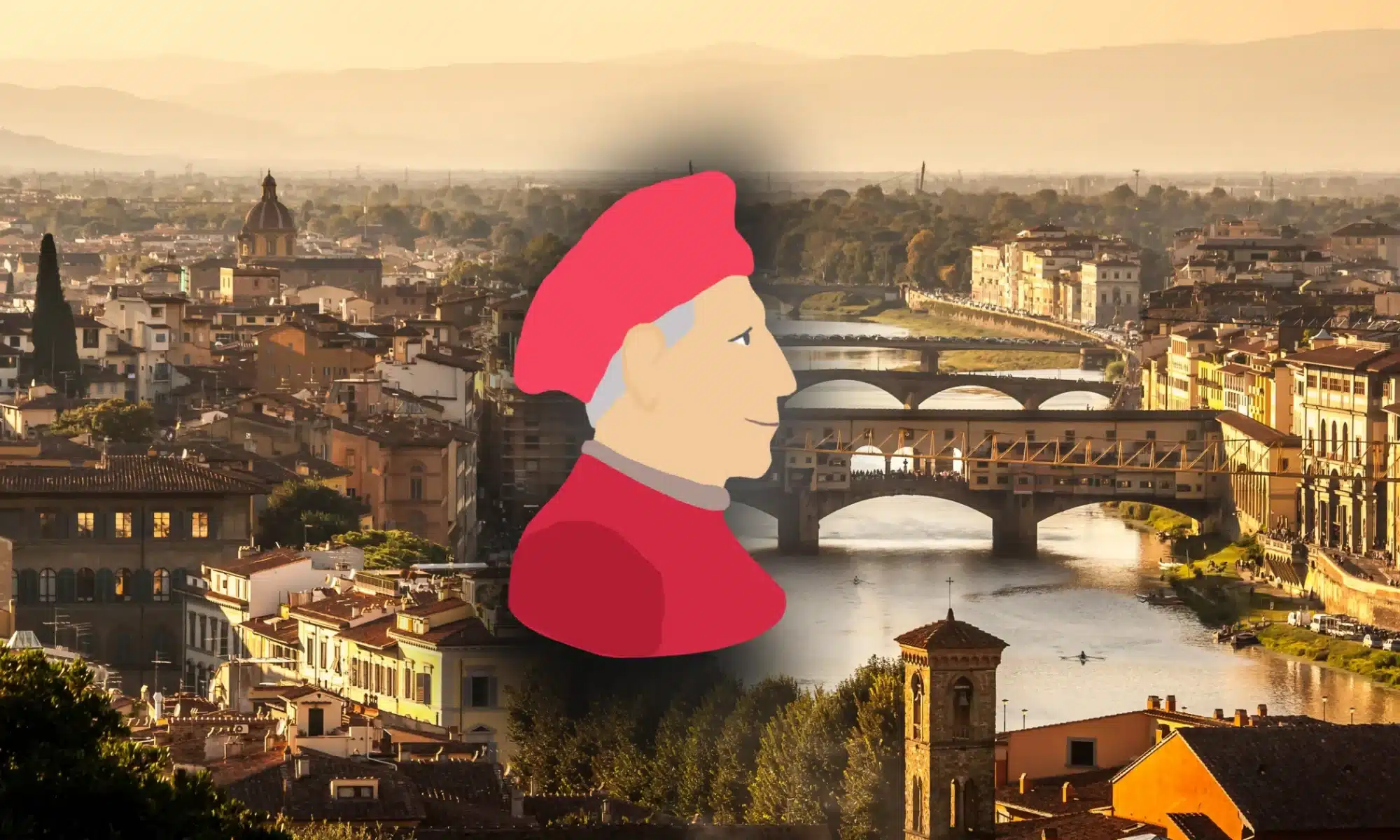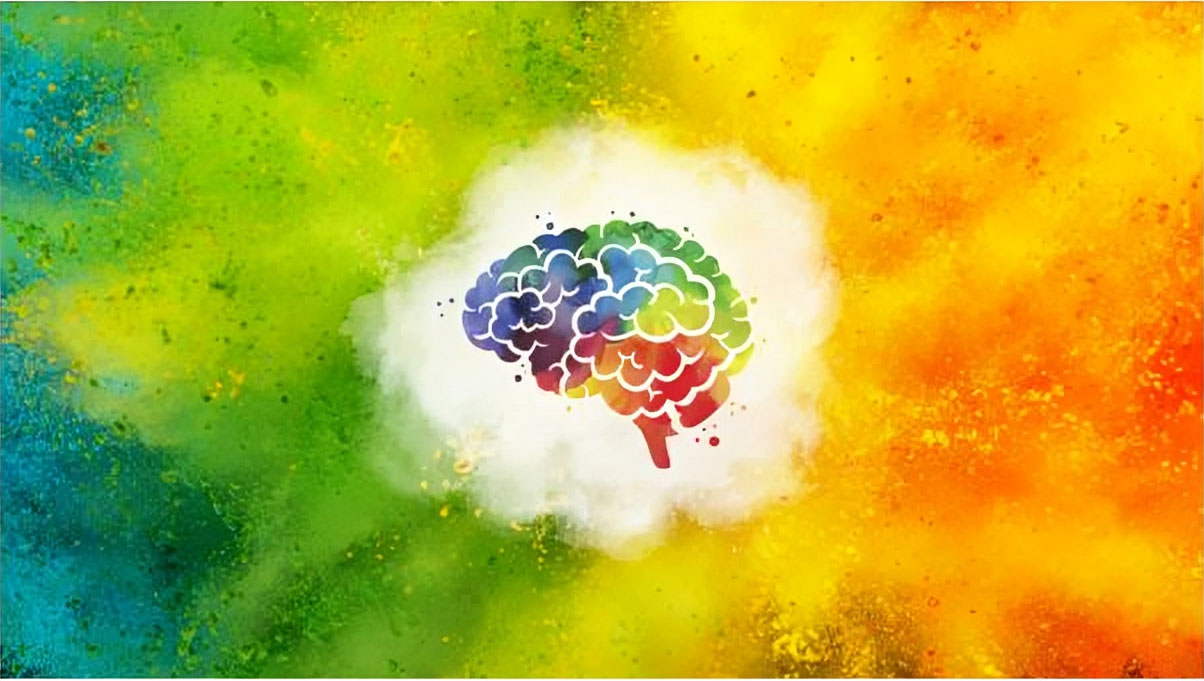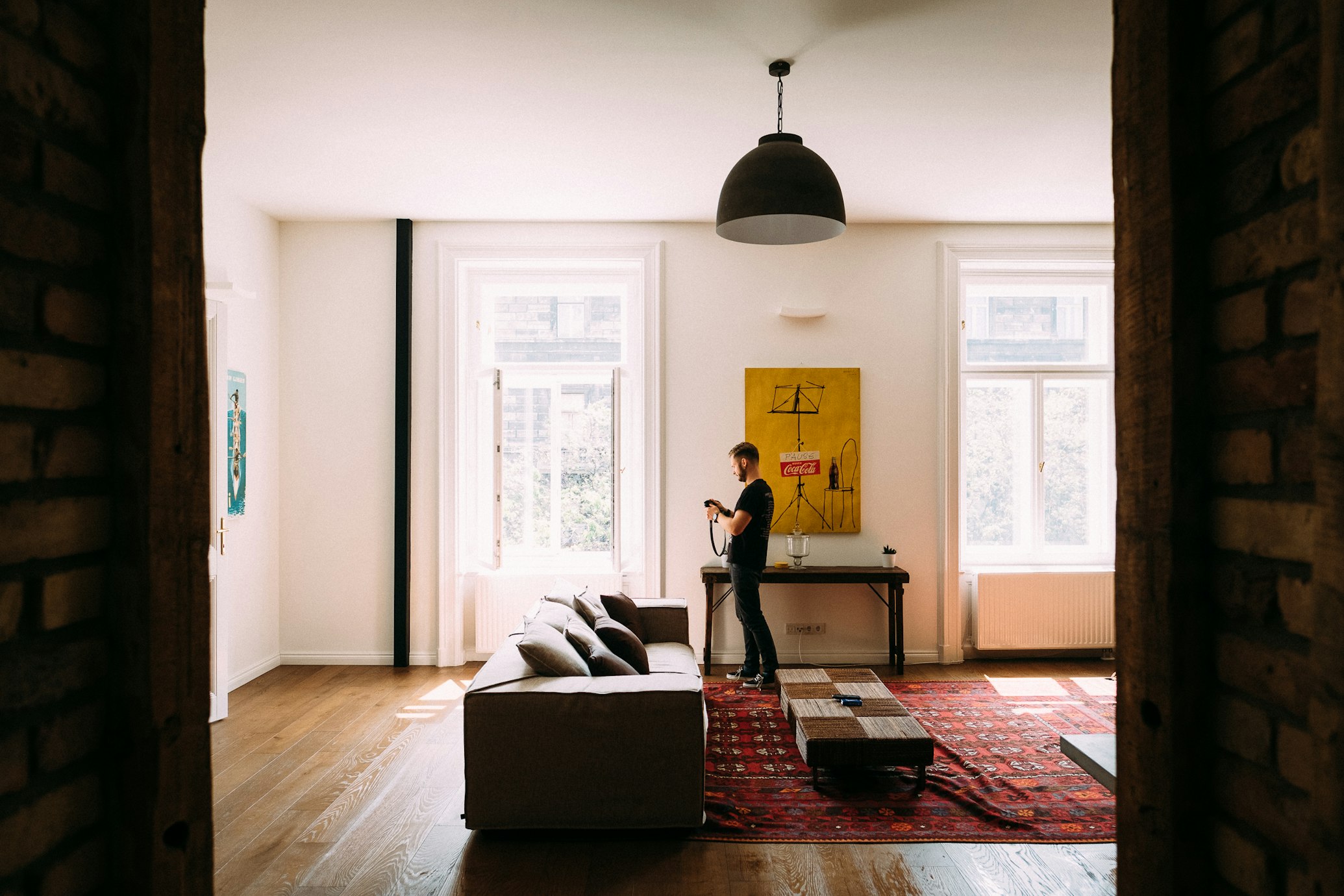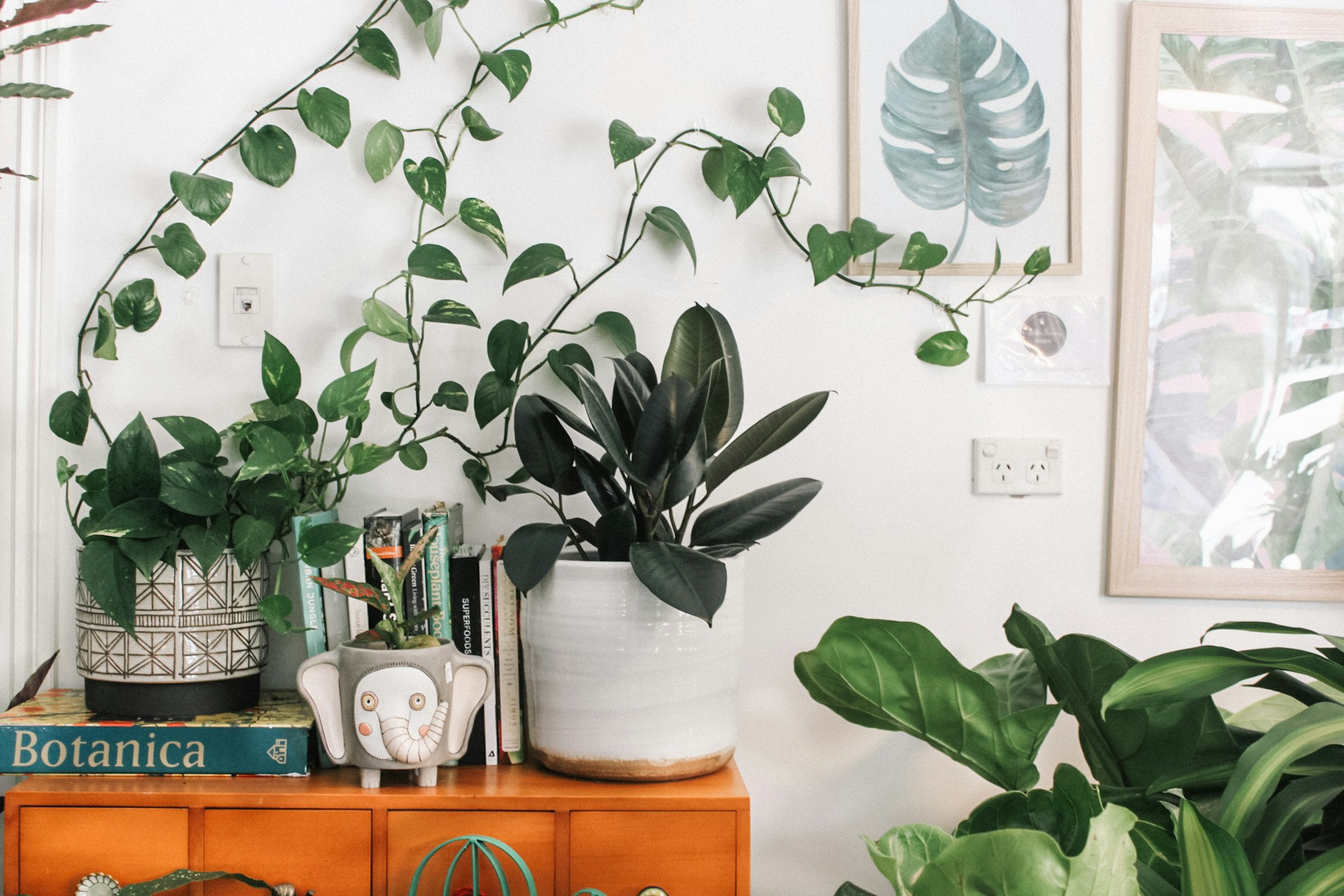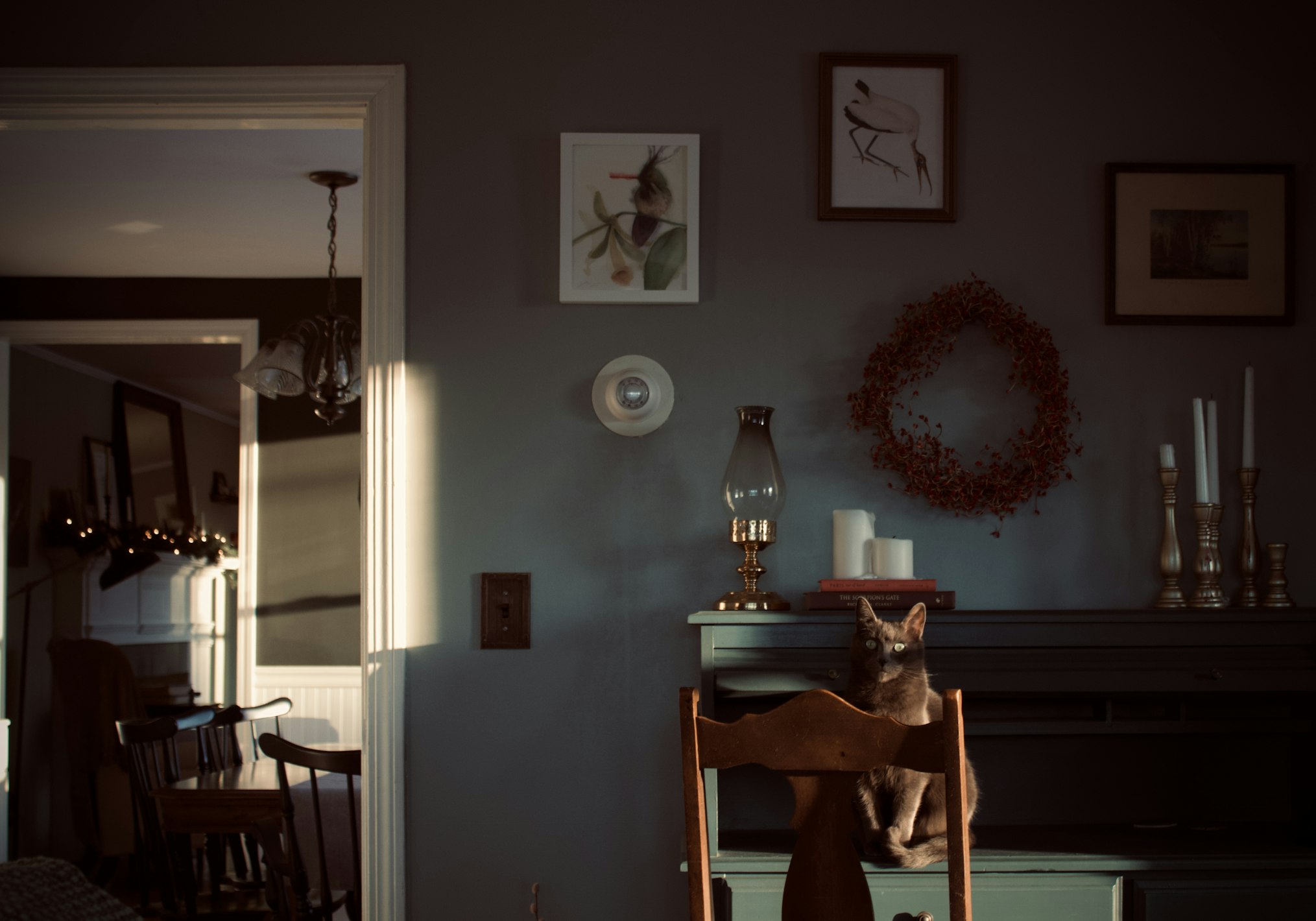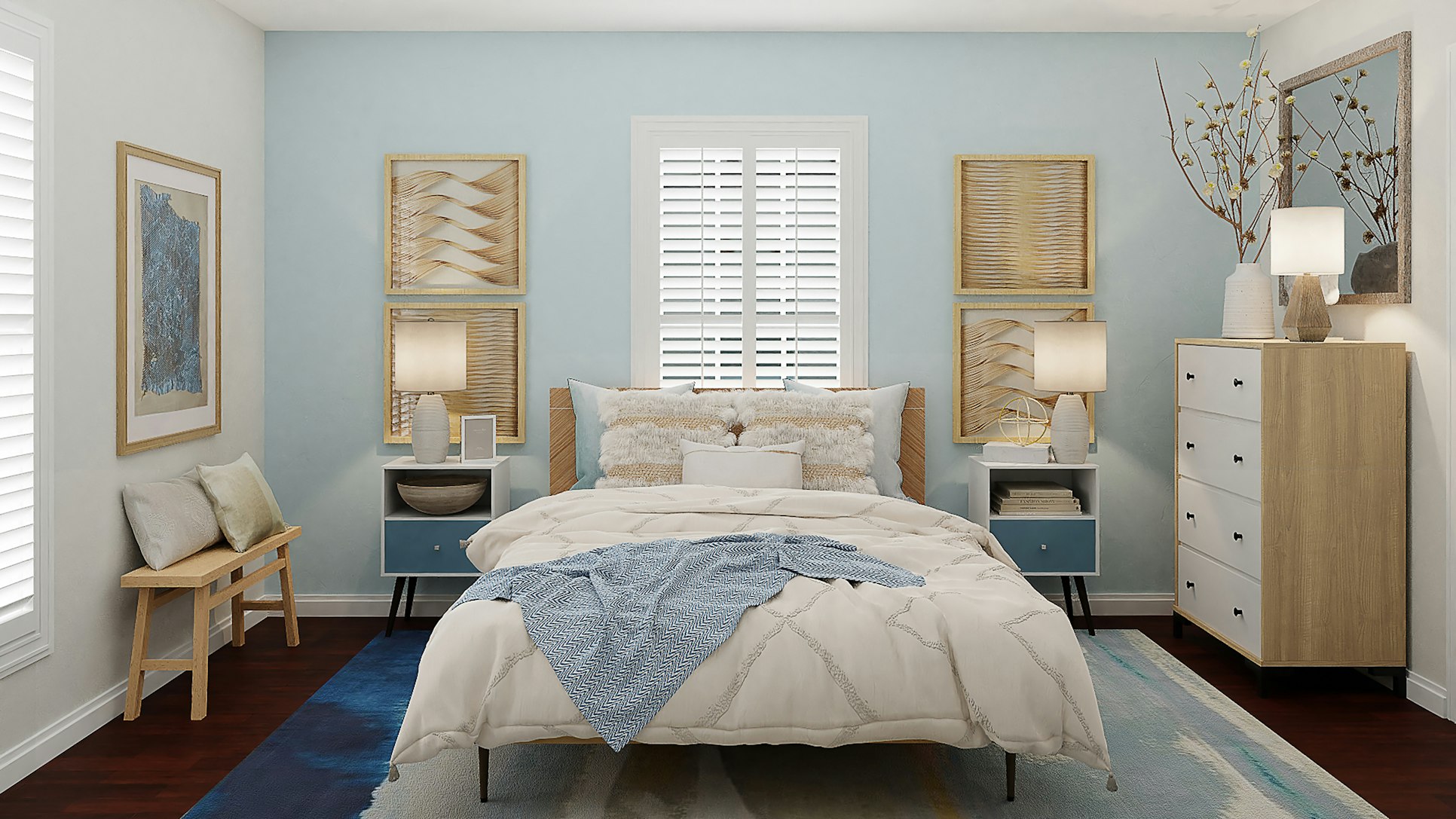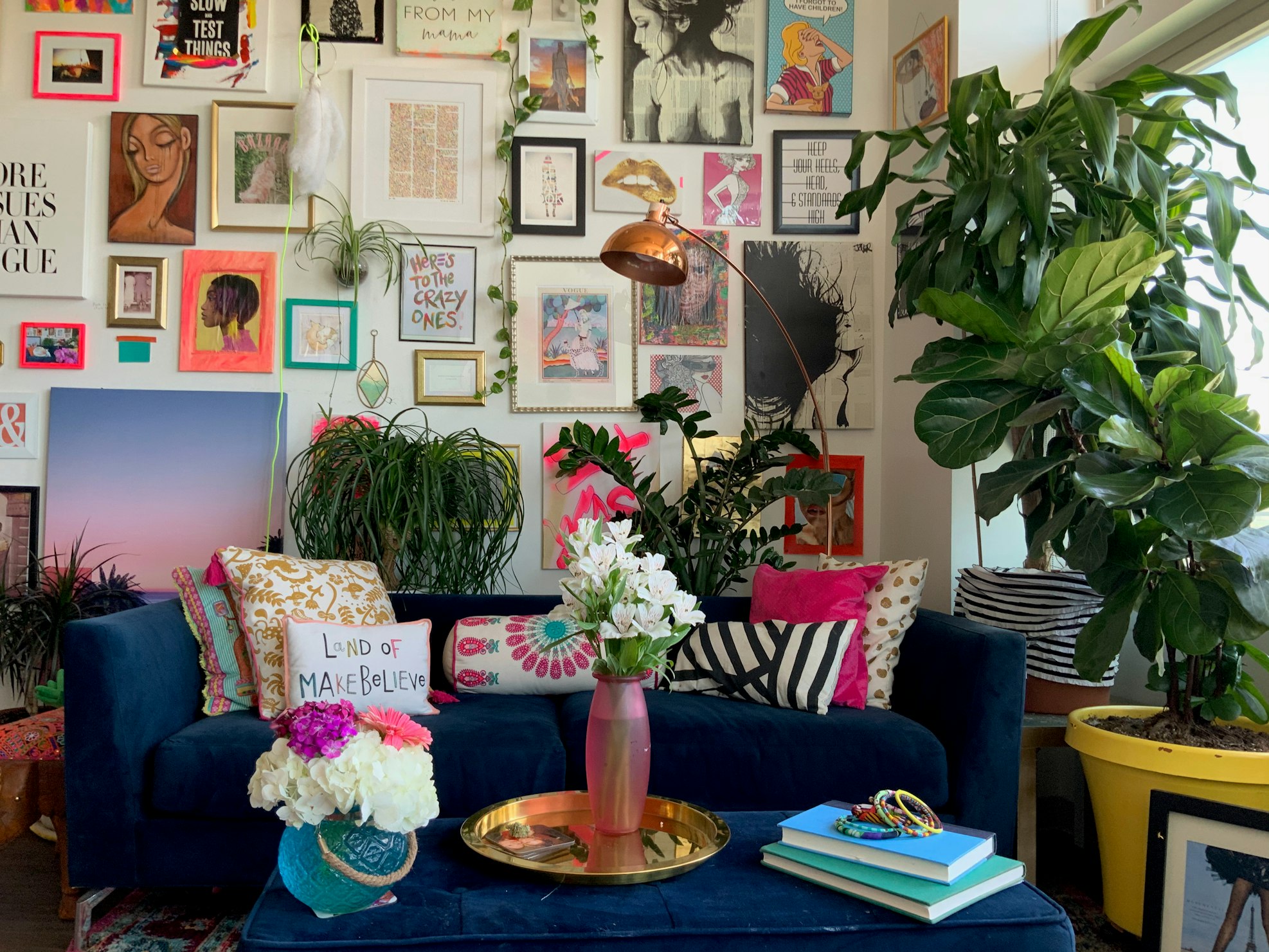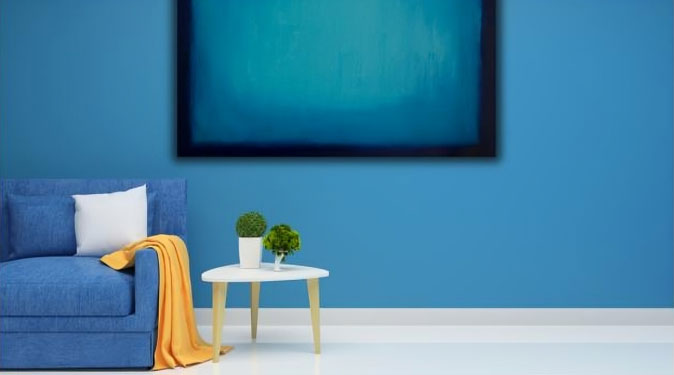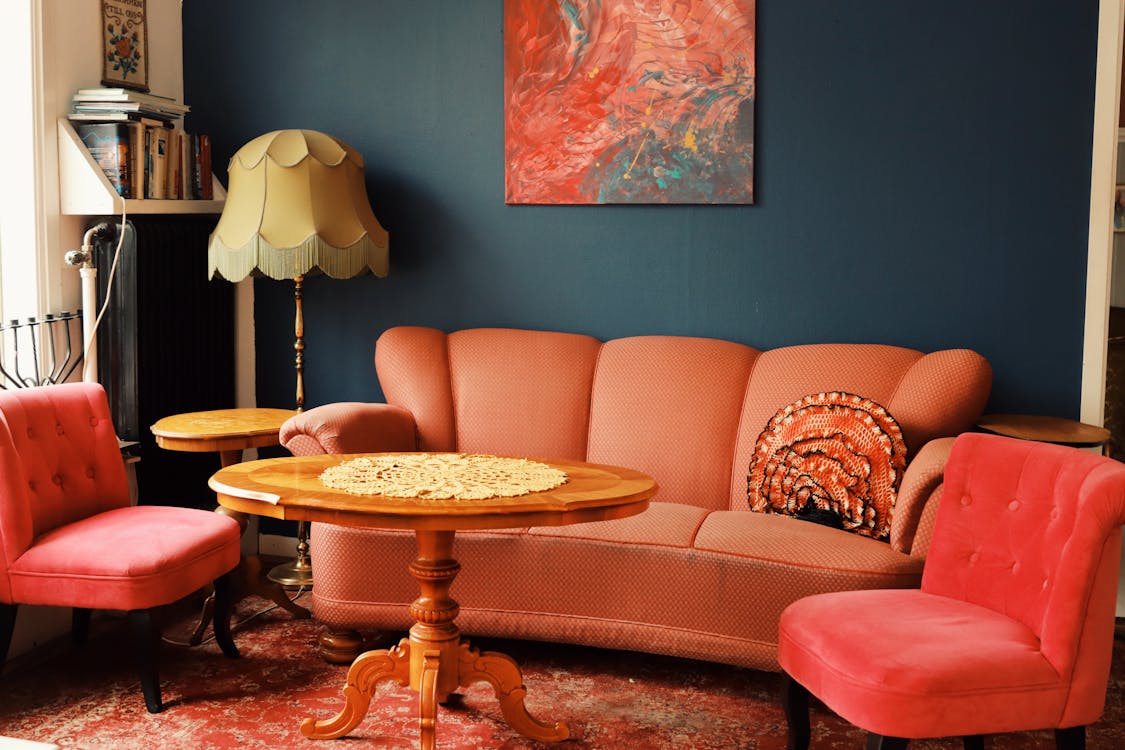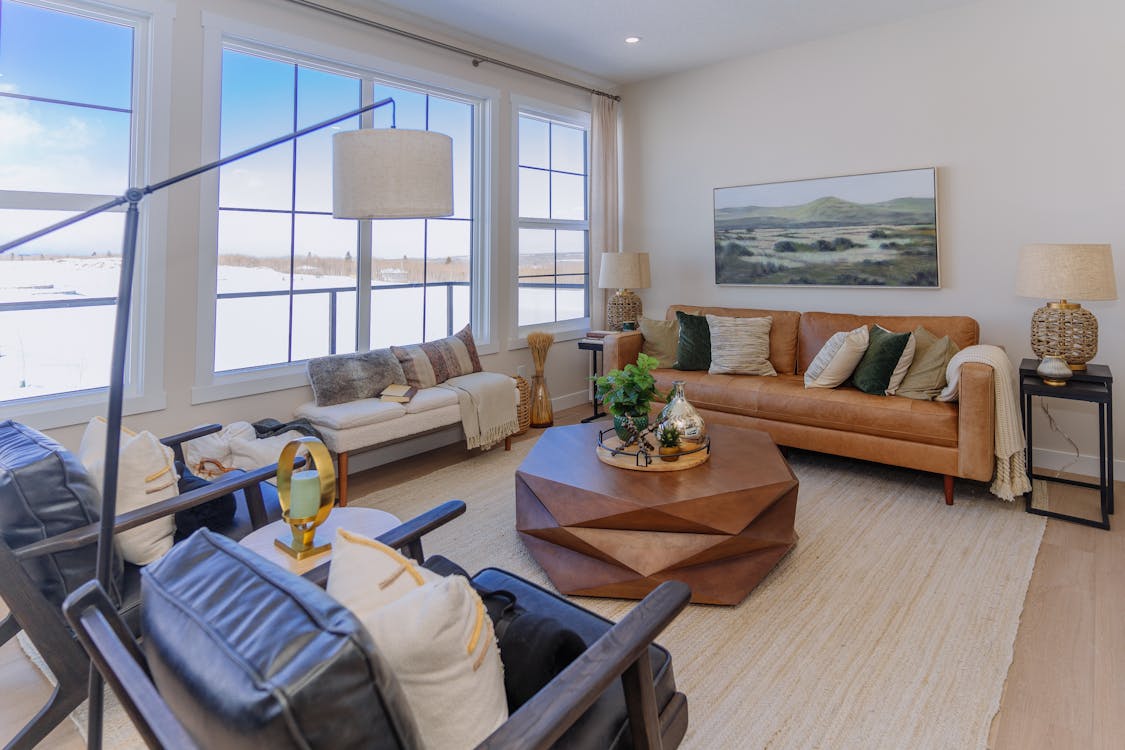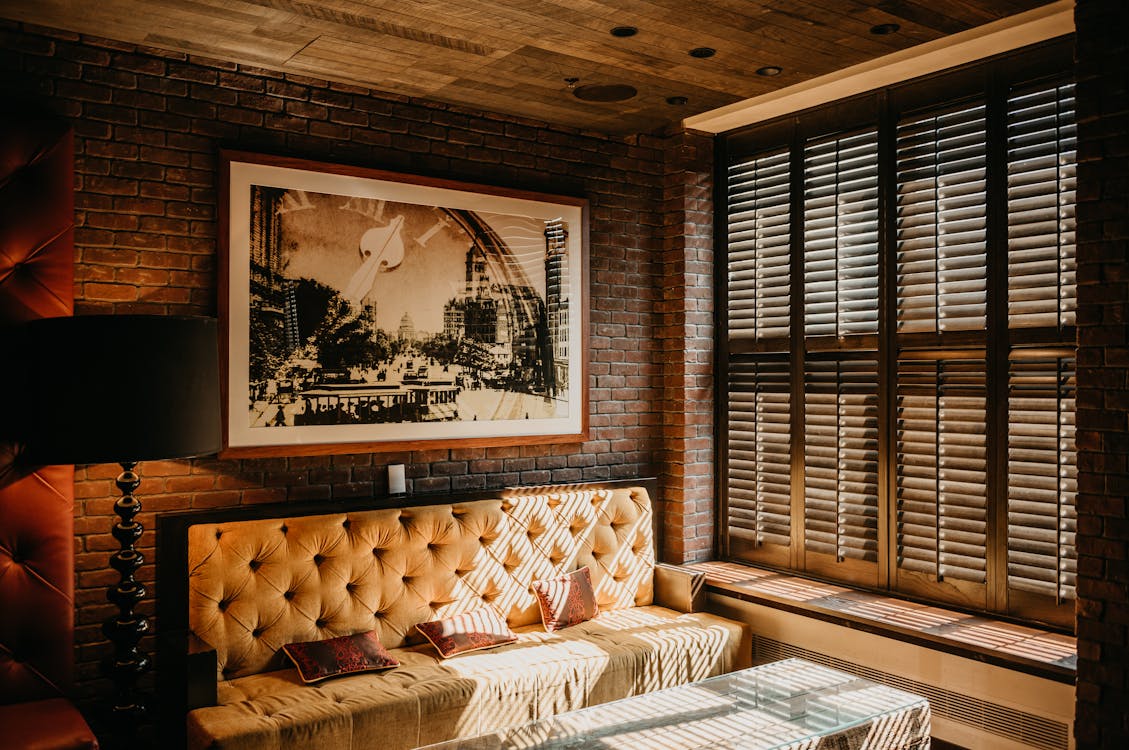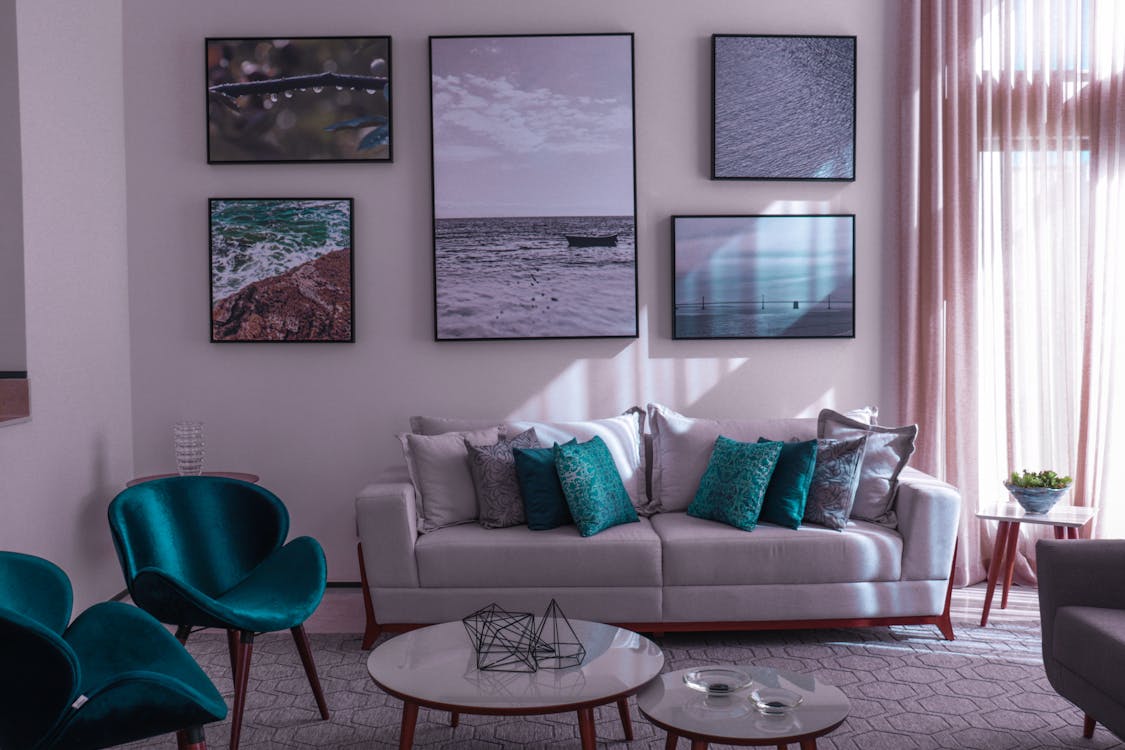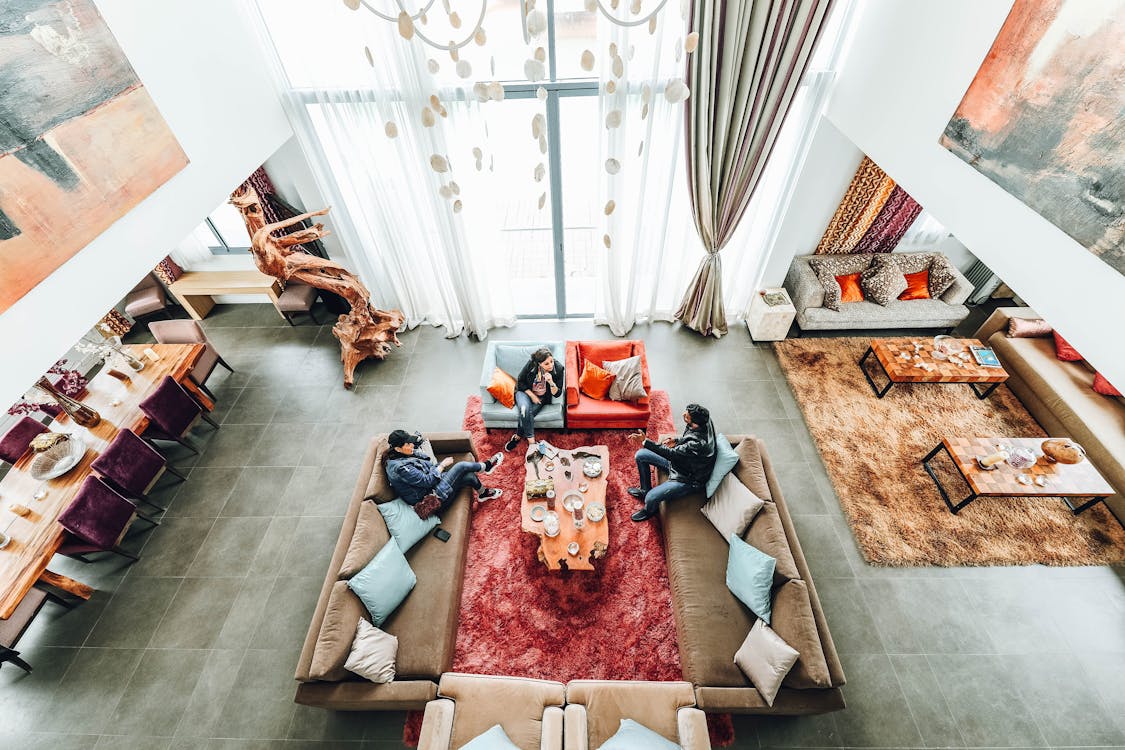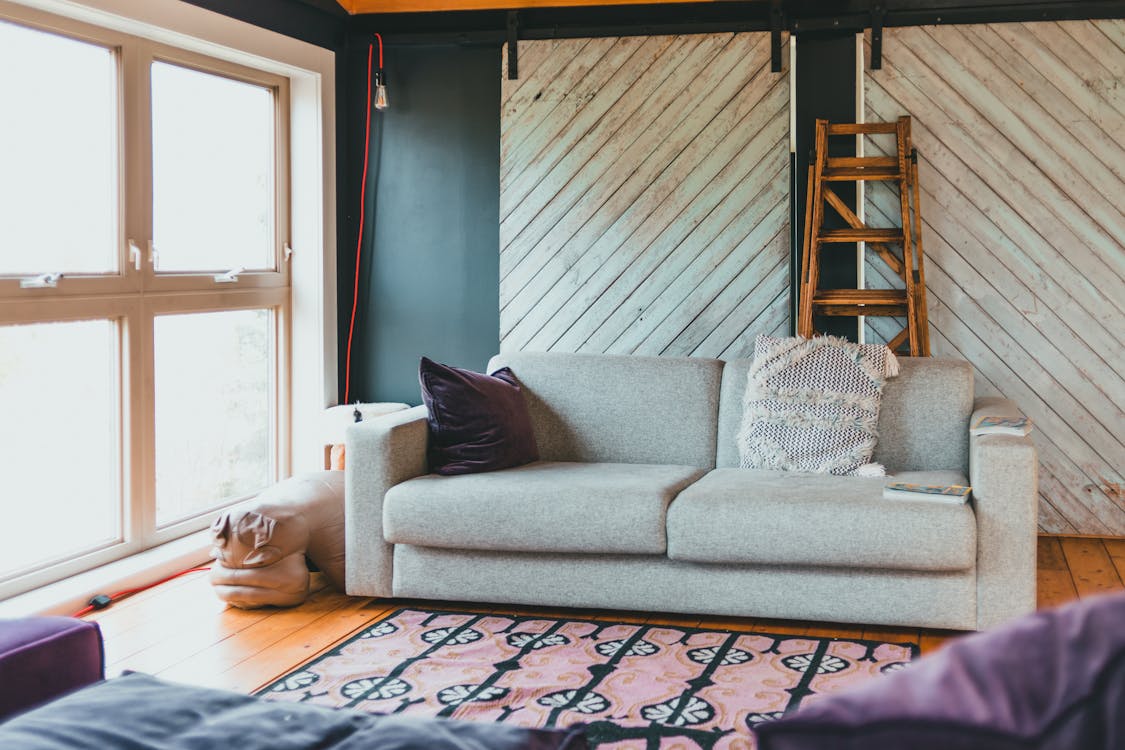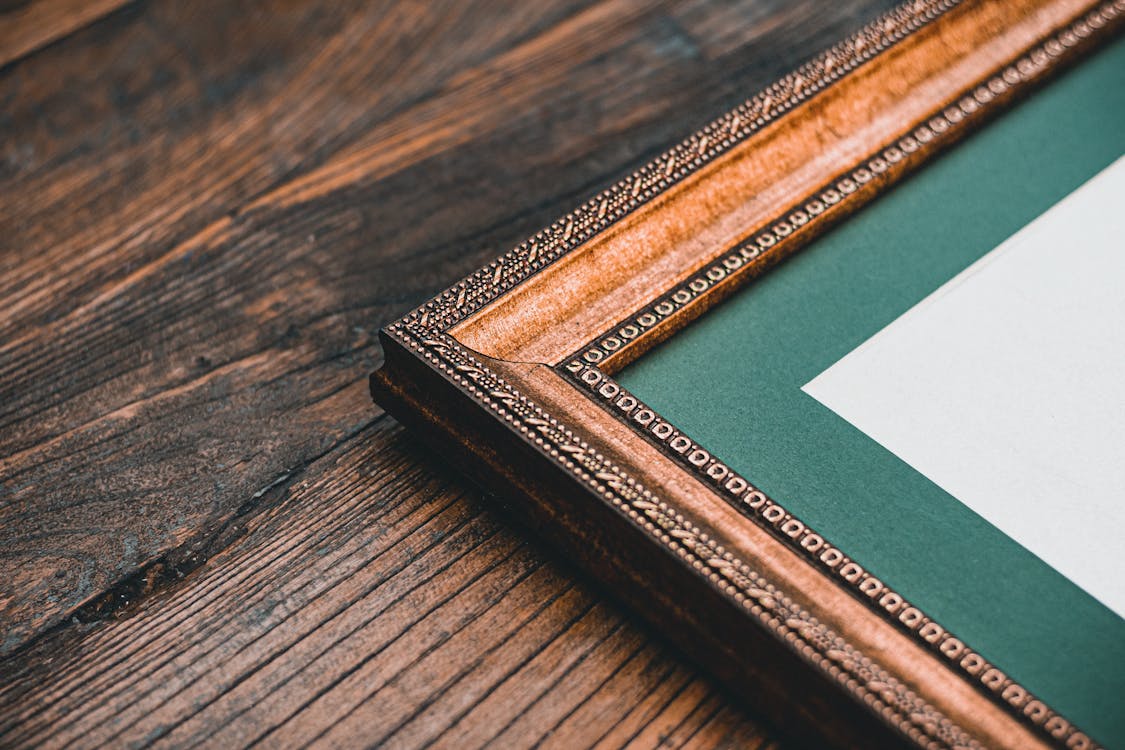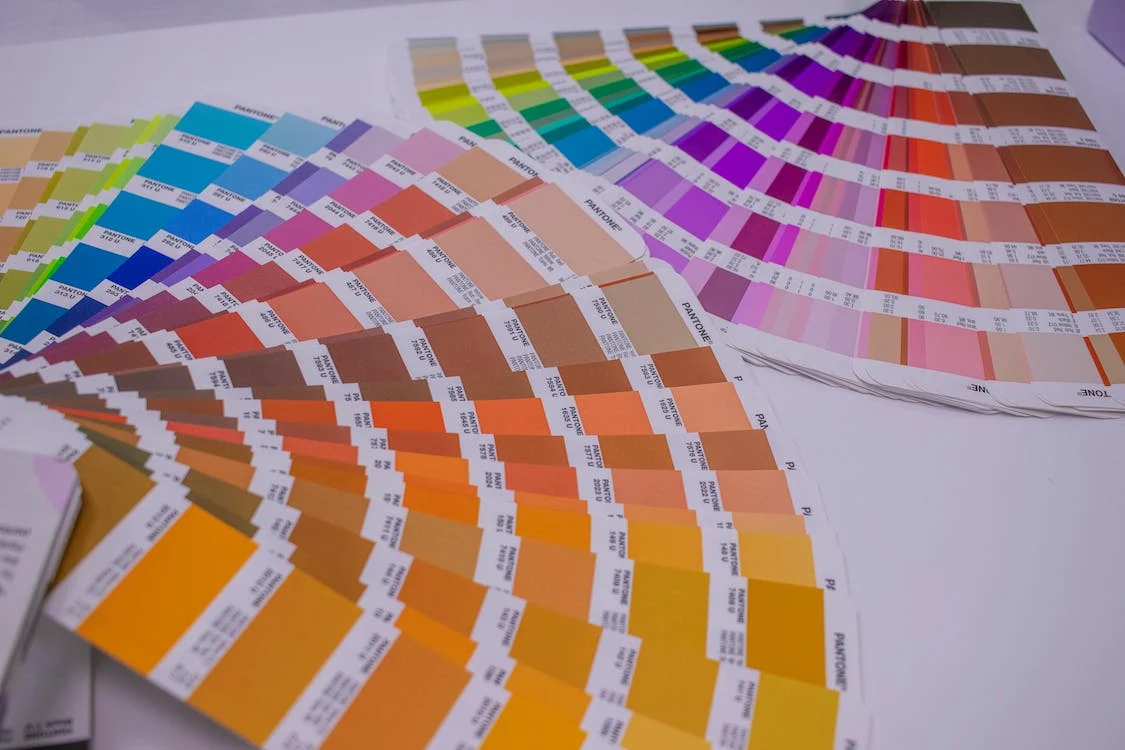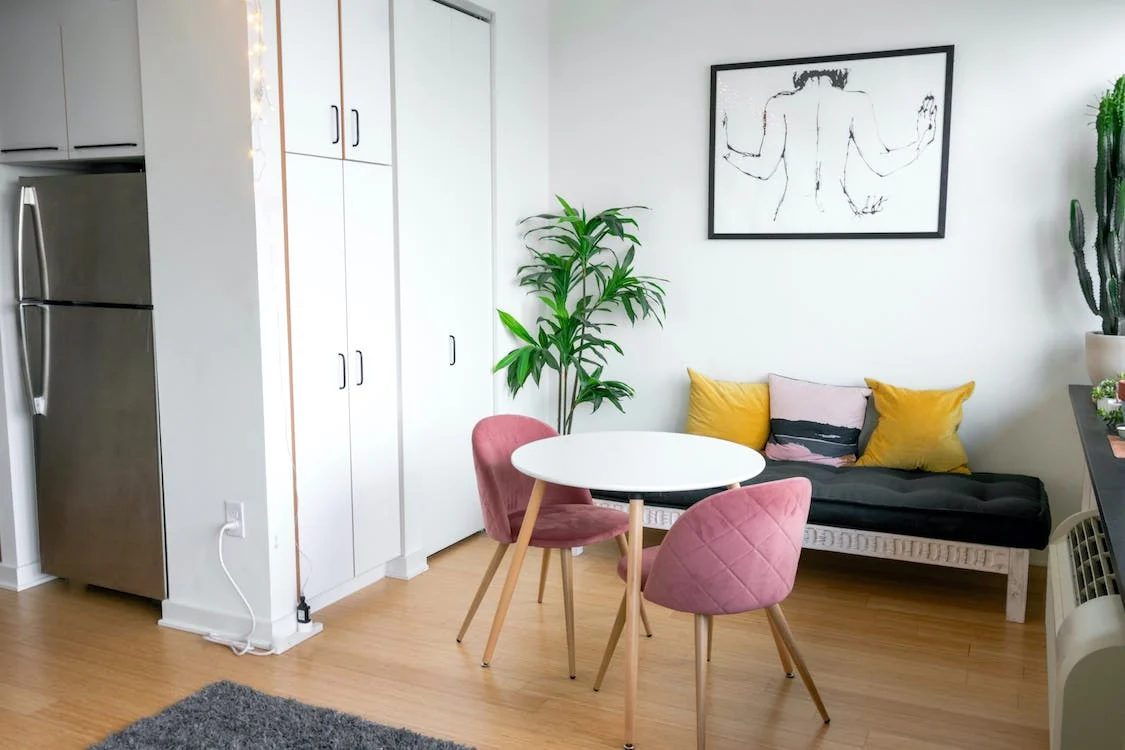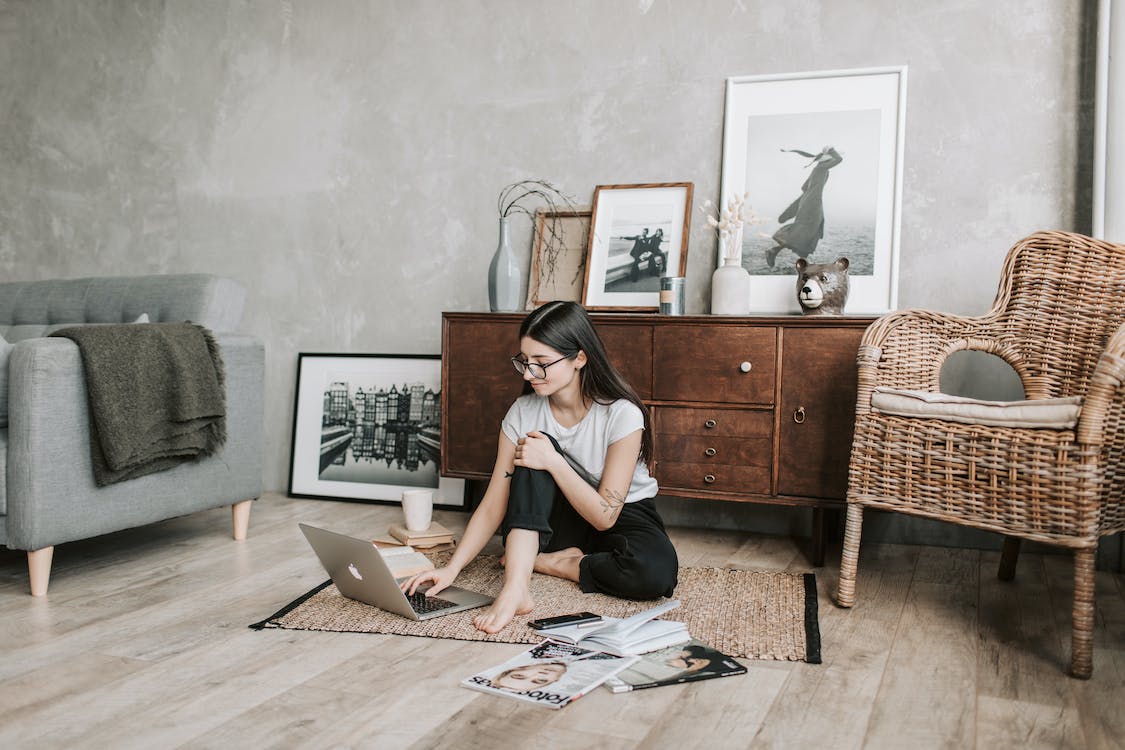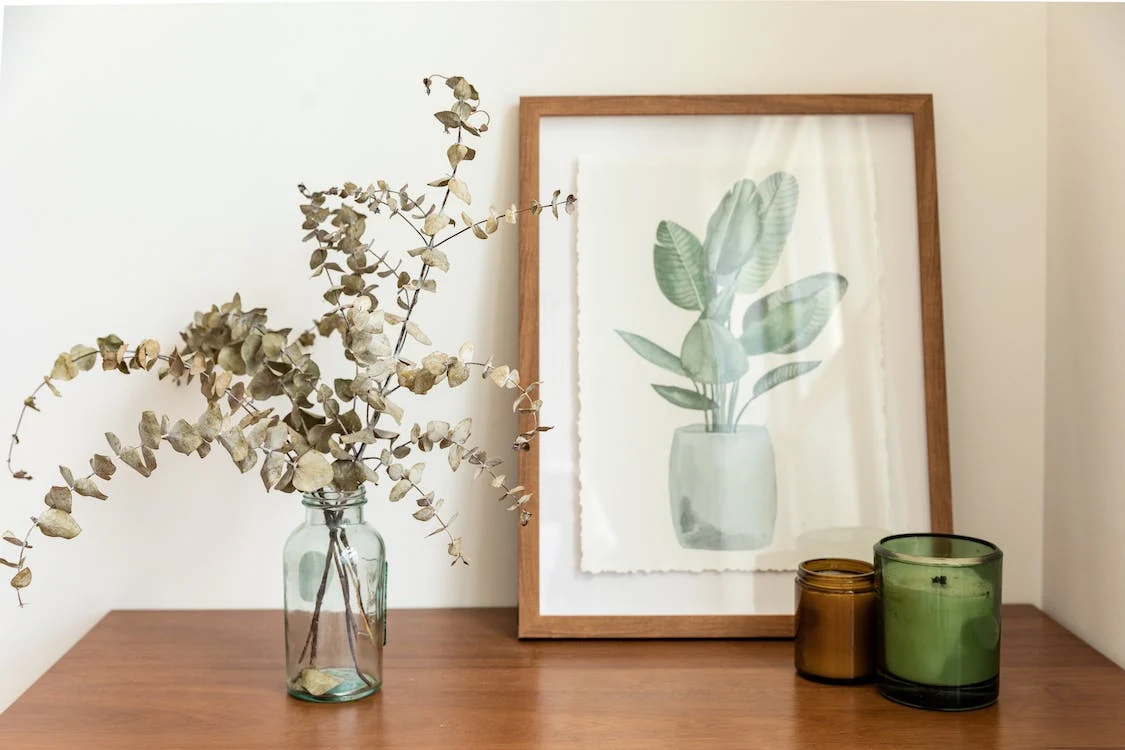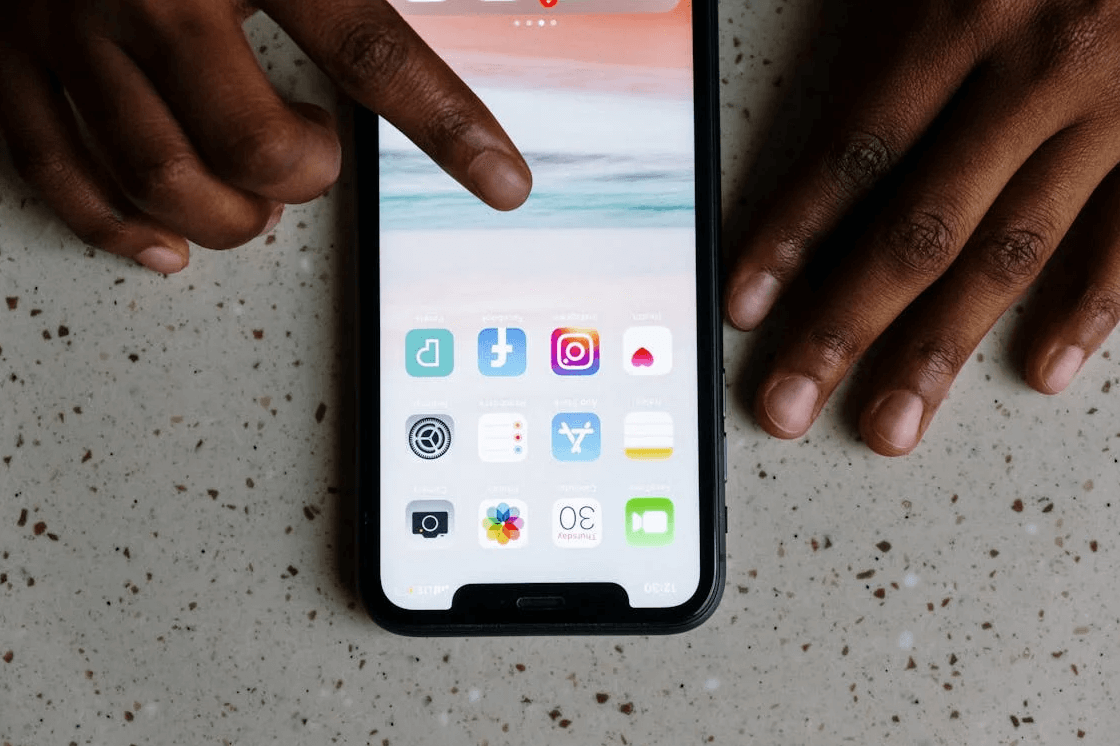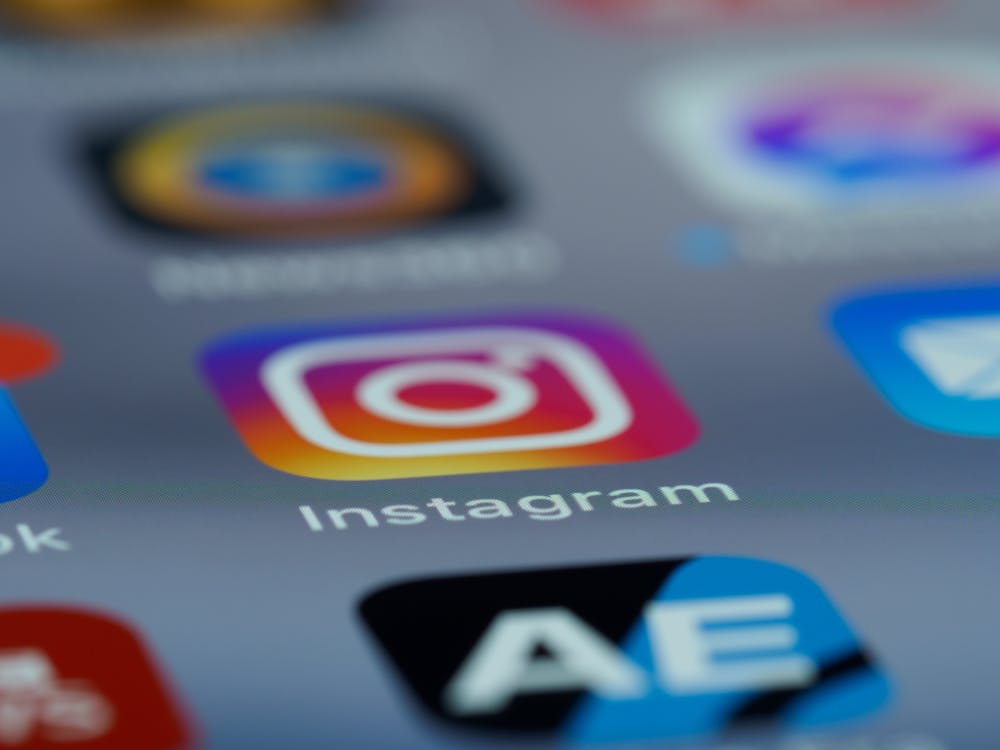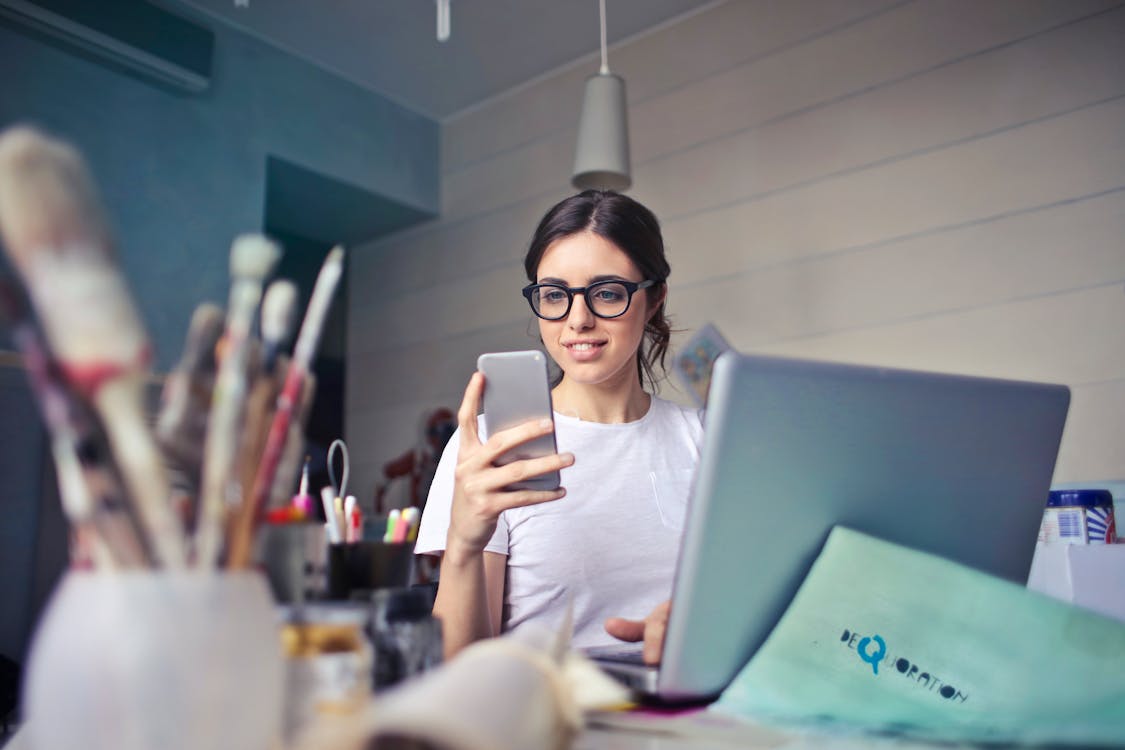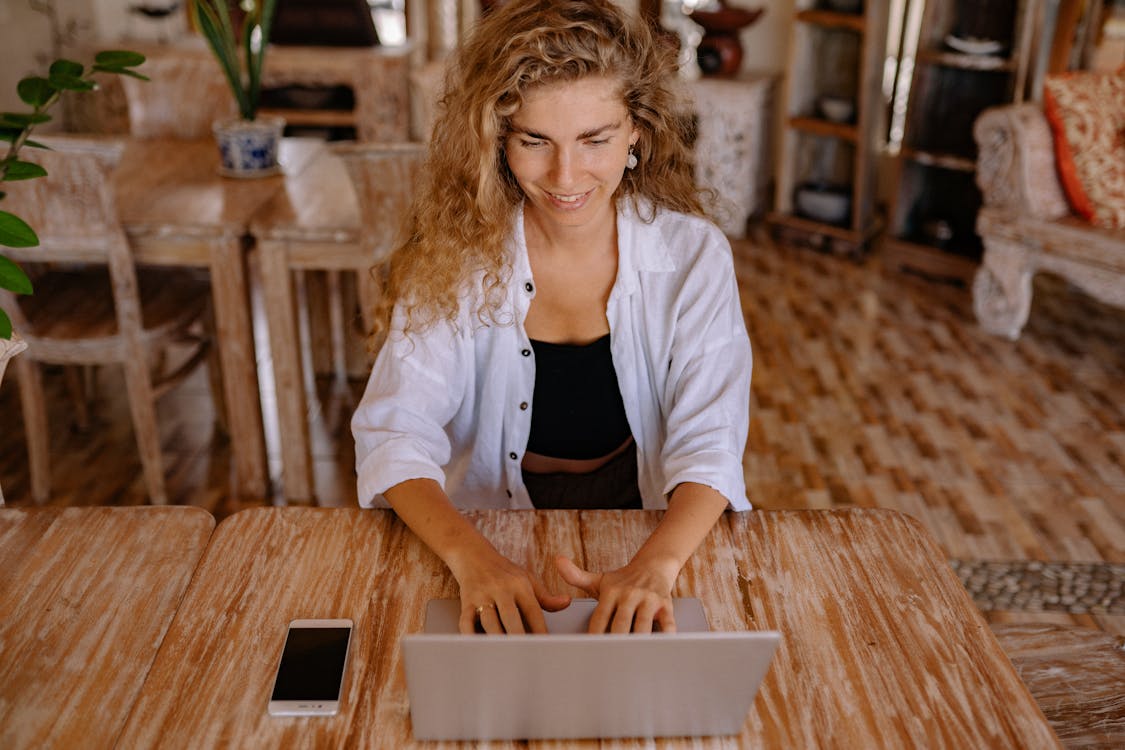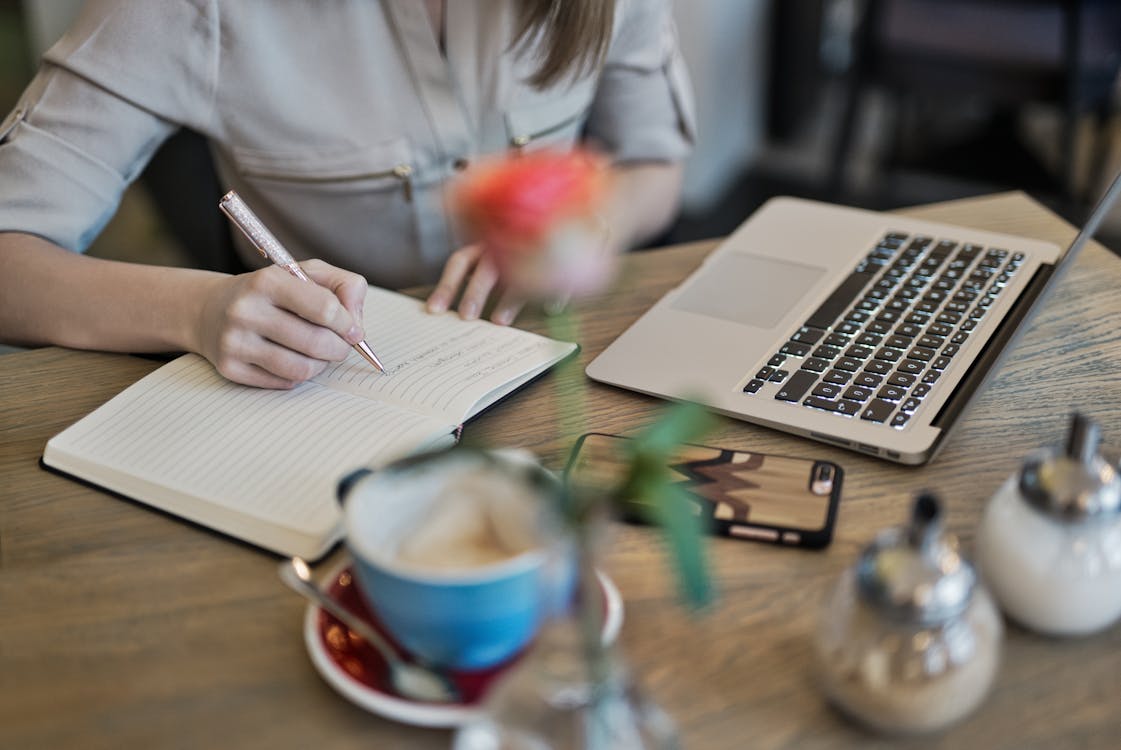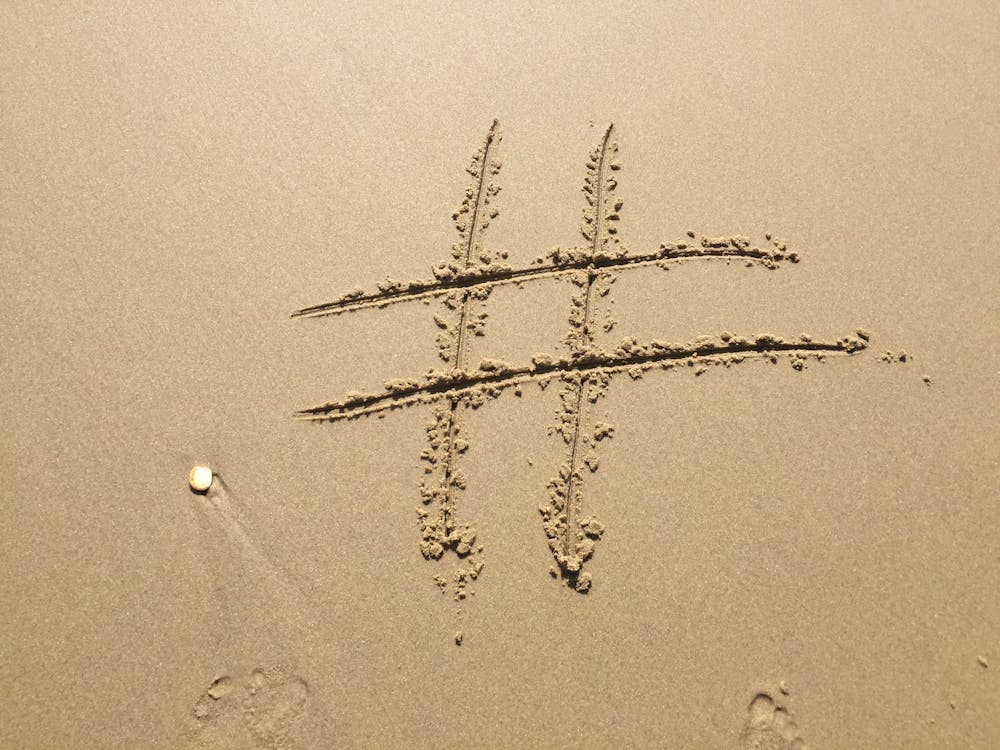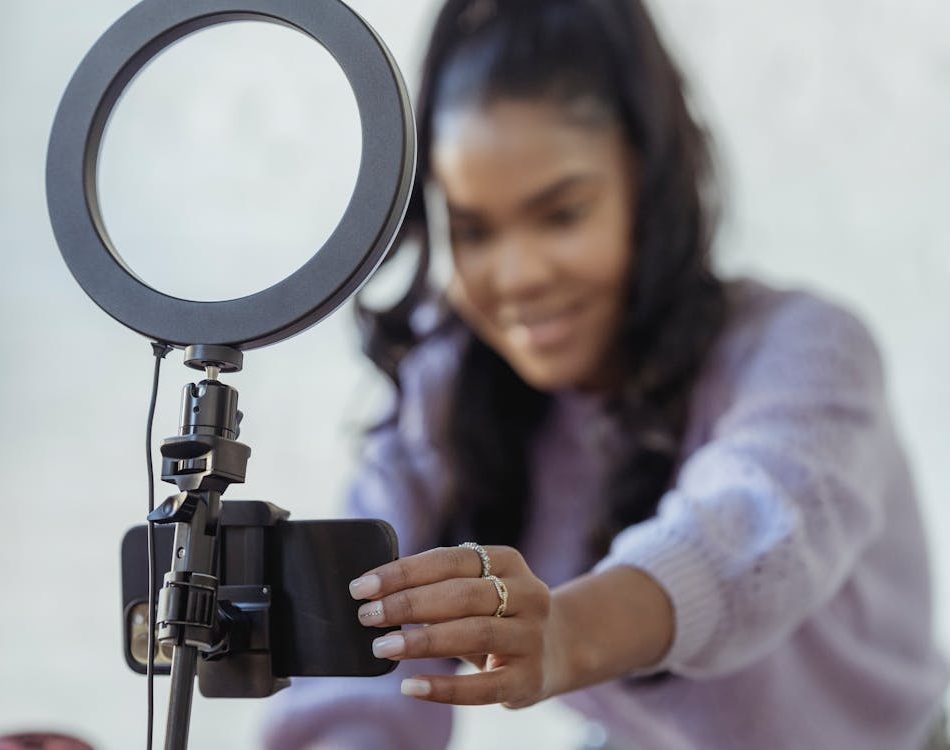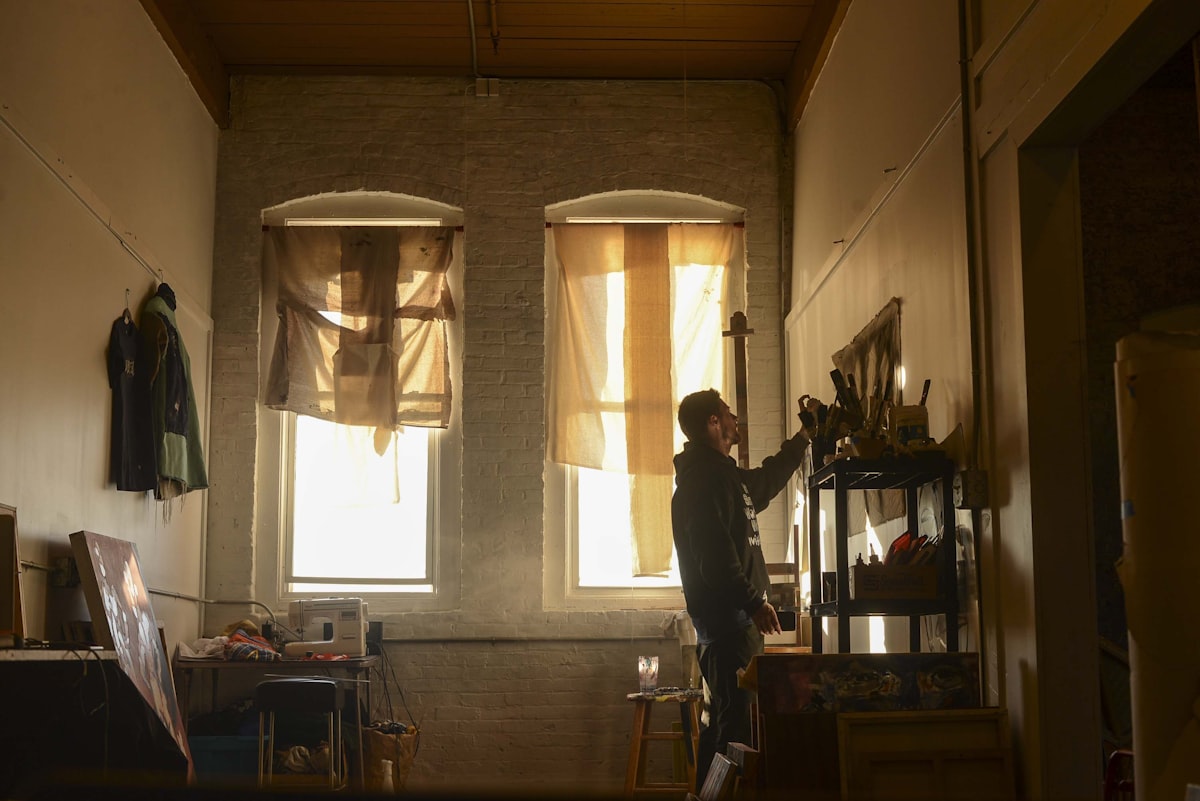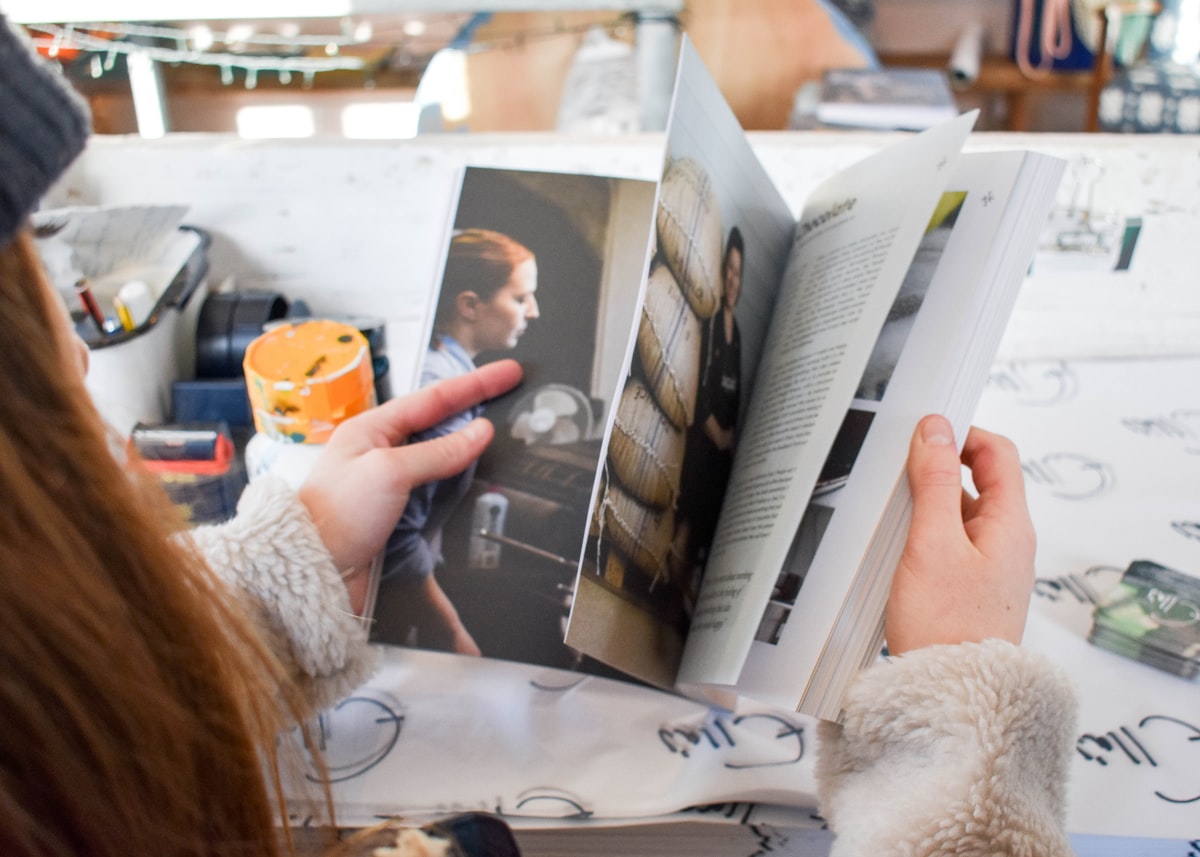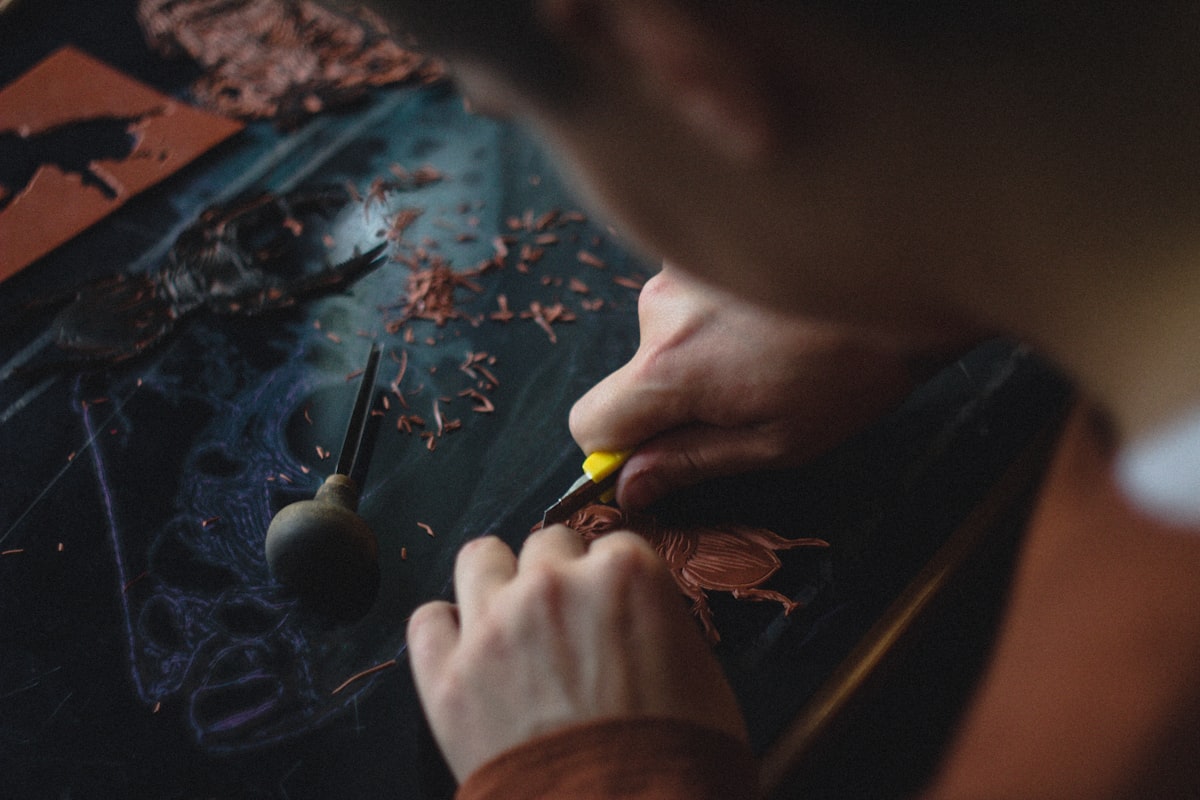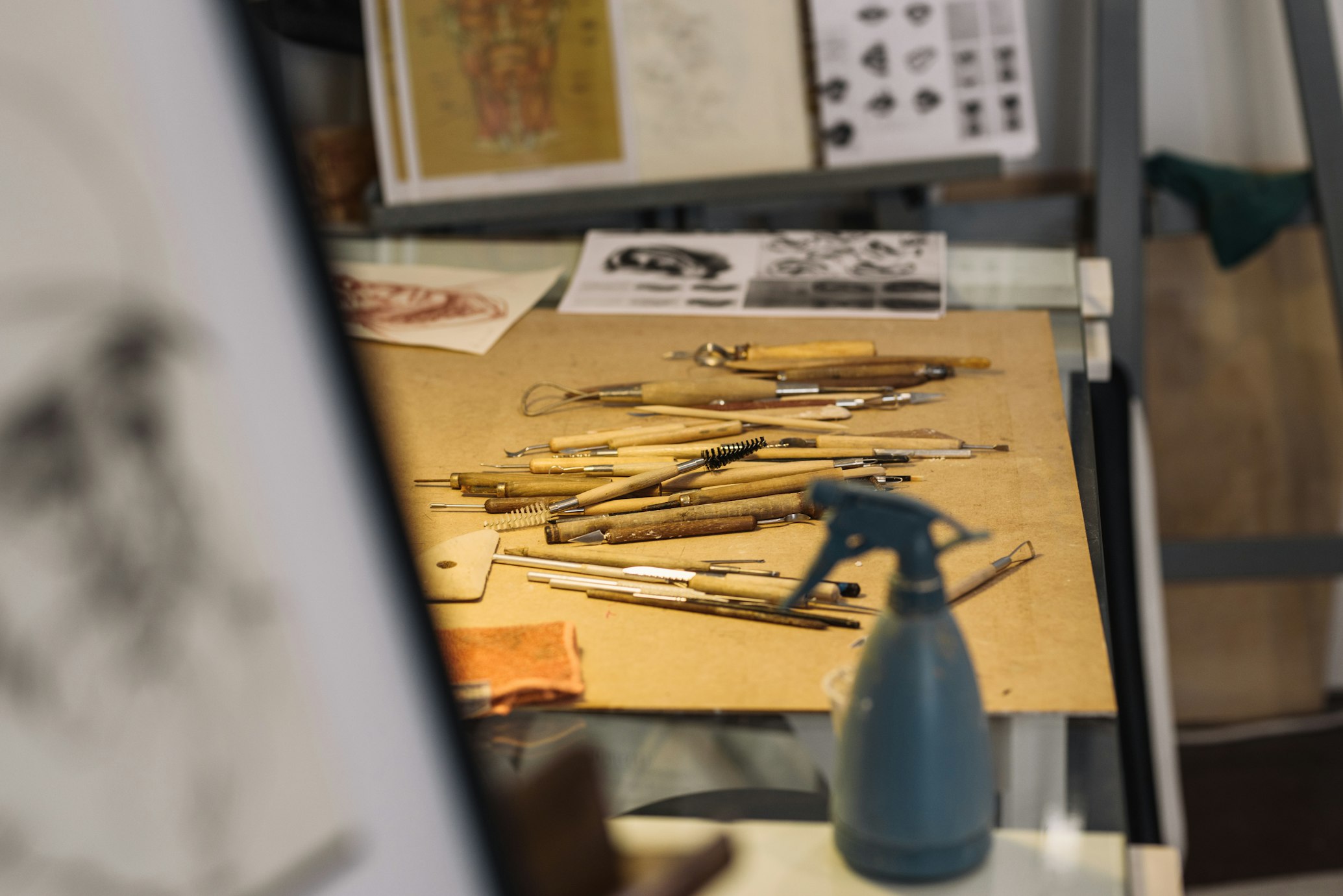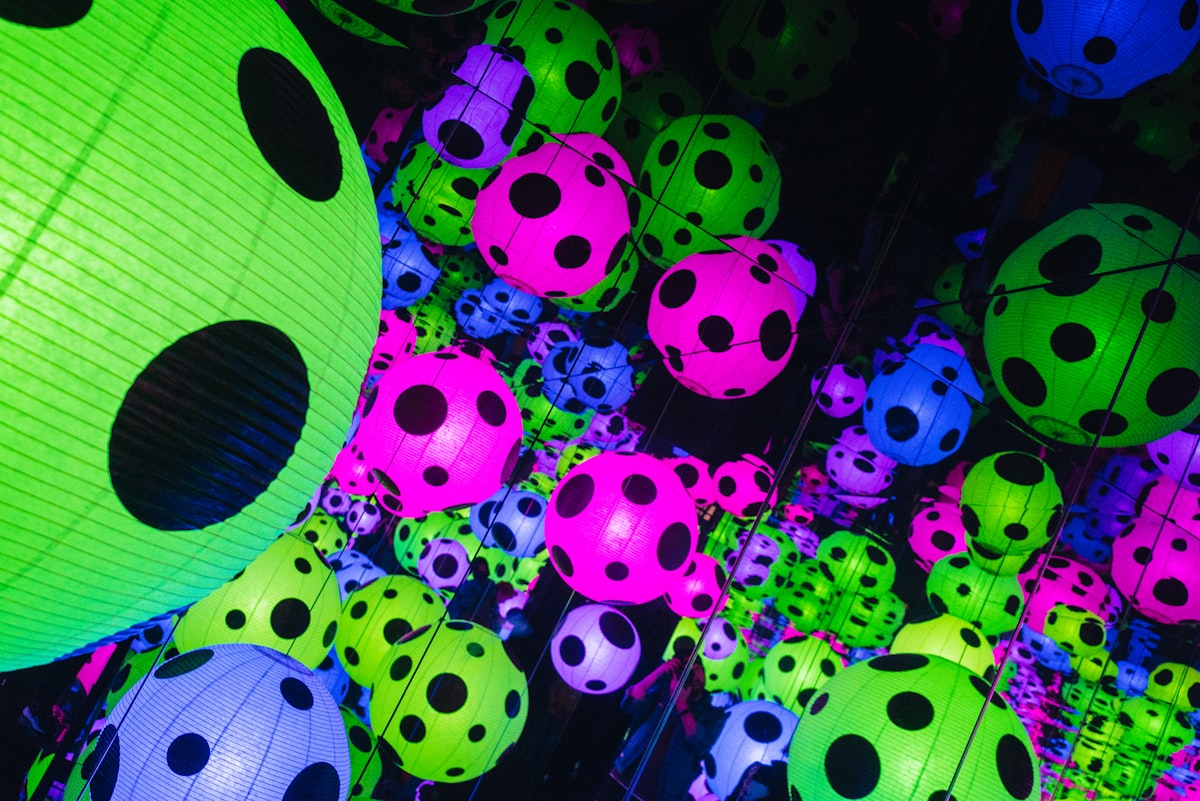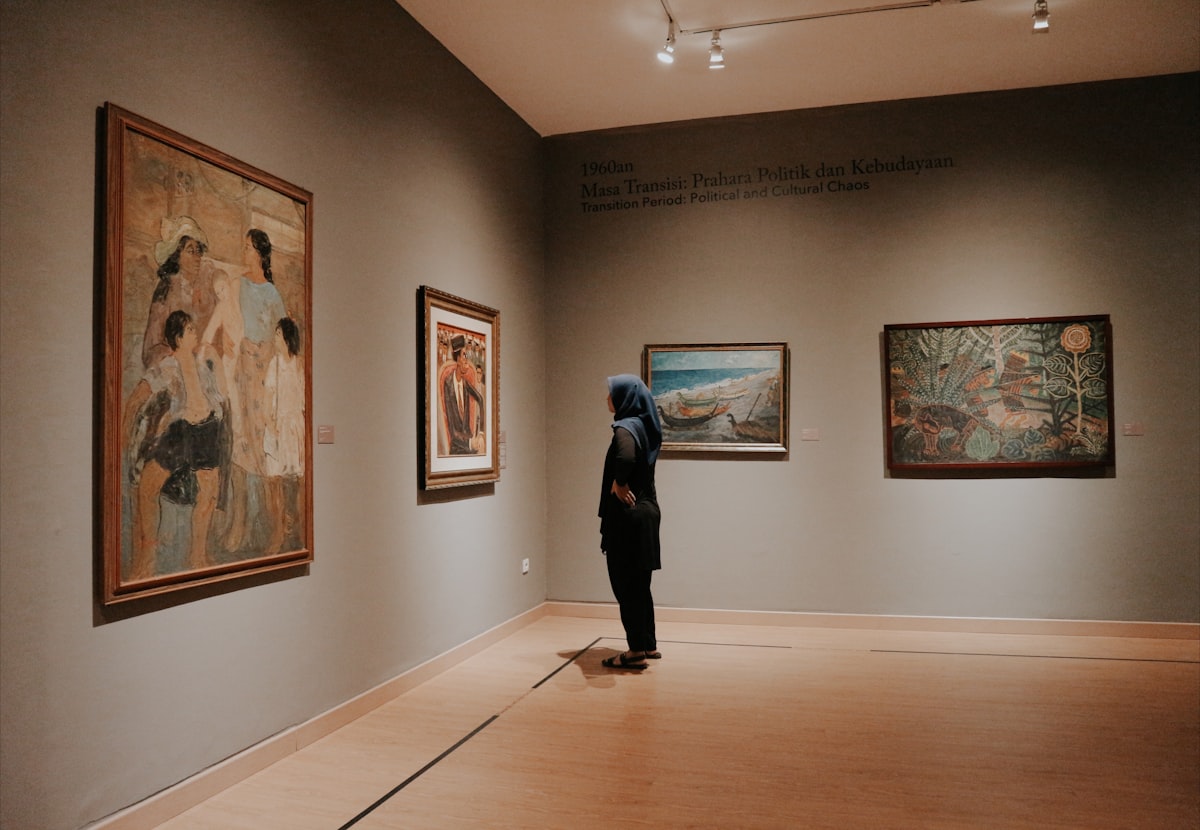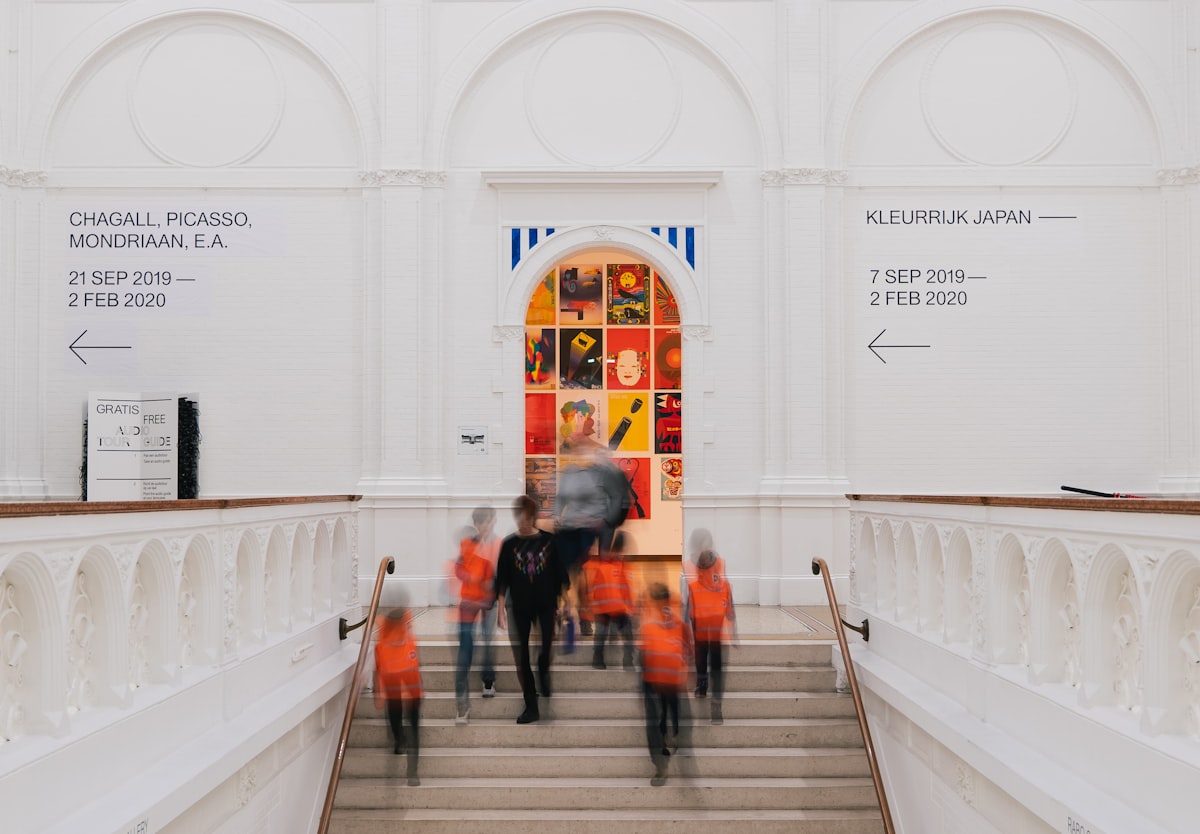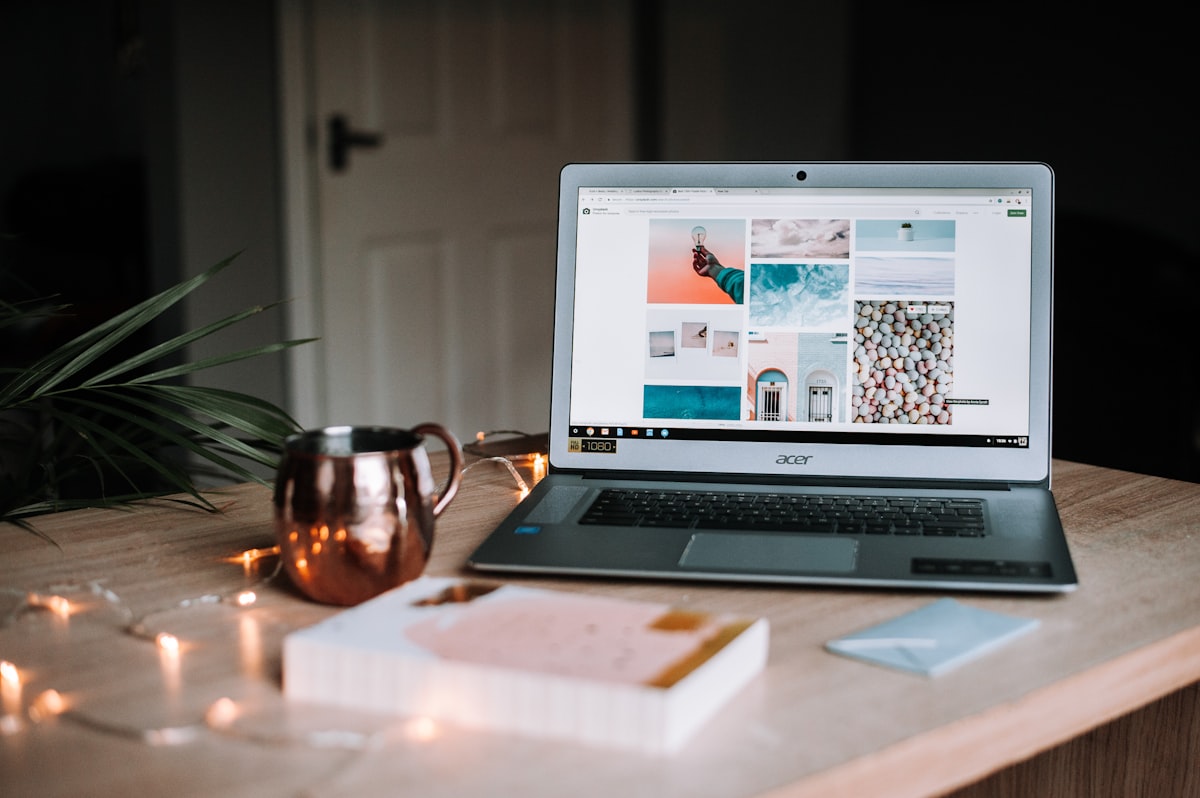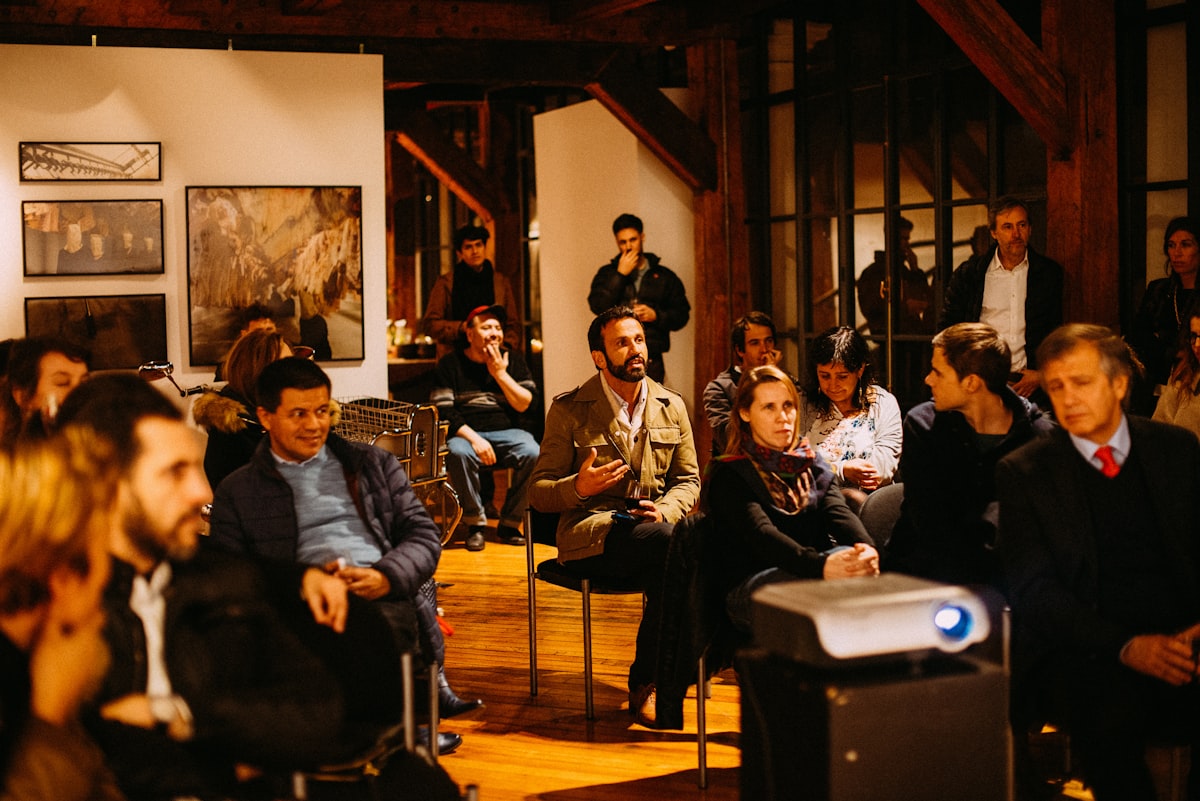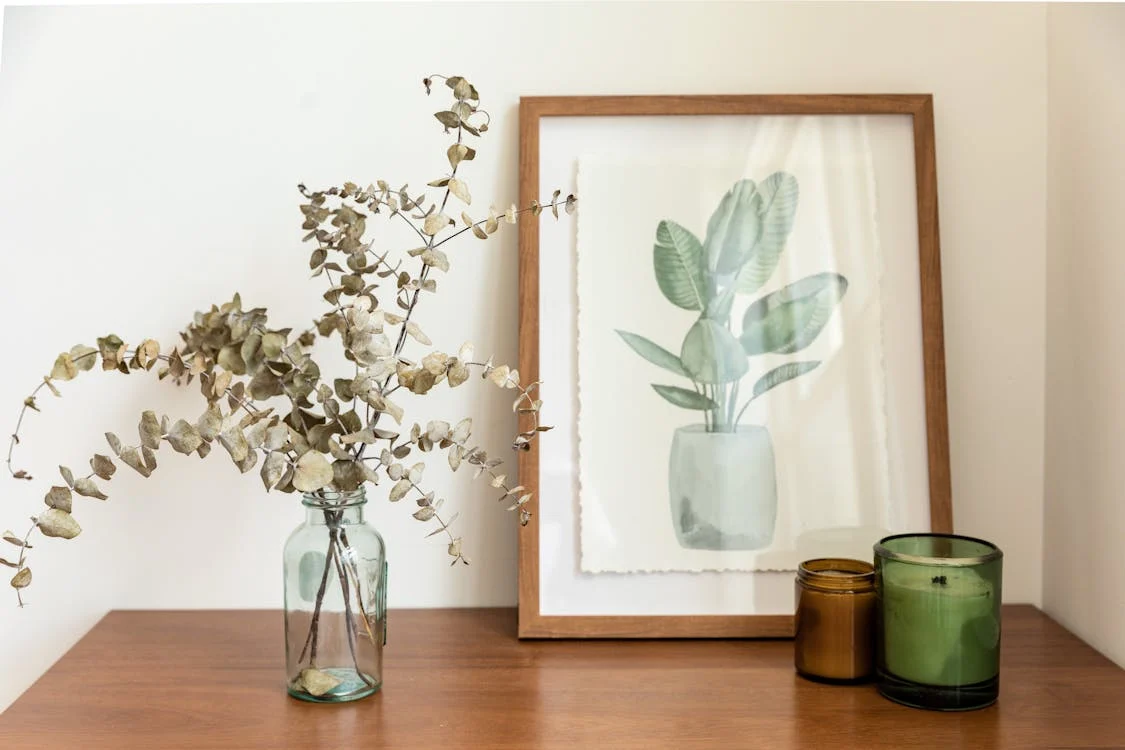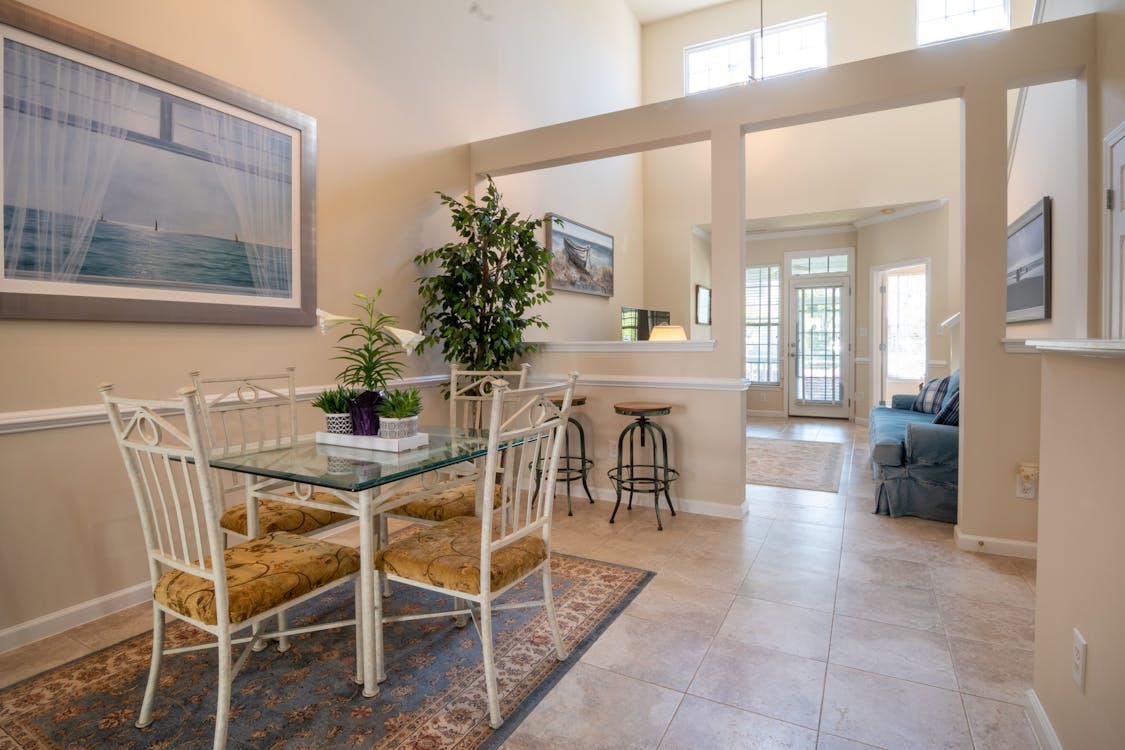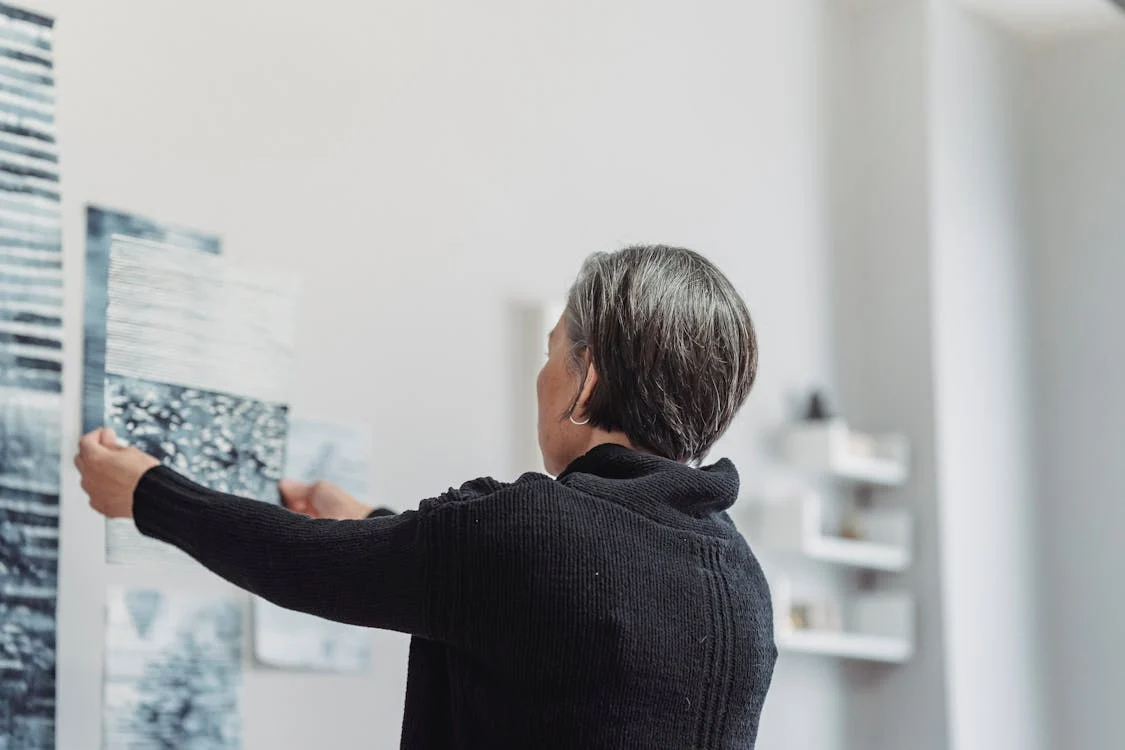Once dismissed as vandalism, the street art movement now stands as one of the most influential forces in contemporary art. What began as a raw, rebellious form of expression on city walls has grown into a globally recognised cultural movement – one that challenges social norms, reshapes urban identity, and commands space in galleries and museums around the world.
This blog explores the evolution of the street art movement, tracing its journey from underground resistance to mainstream recognition, and examining how it continues to redefine what art looks like in public and institutional spaces today.
The Birth of the Street Art Movement: From the 1960s to Today
The roots of the street art movement are deeply embedded in the social and cultural revolutions of the 1960s and 1970s. Originating in cities like New York, Los Angeles, and Philadelphia, early forms of graffiti emerged as a means for marginalised communities to express their frustrations, hopes, and dreams. These early pioneers used spray paint and markers to claim their space on urban walls—an act that was as much about survival and identity as it was about art.
In the urban jungles of 1970s New York, graffiti was more than an aesthetic choice—it was social commentary. For many young people, particularly those from disenfranchised communities, tagging walls was a way to be seen and heard. Their art was a silent rebellion against societal neglect, a cry for recognition in a rapidly changing urban landscape. This raw, unfiltered expression laid the foundation for what we now call the street art movement.
Initially, these artistic expressions were often met with harsh criticism and legal repercussions. However, as the cultural landscape shifted, so did perceptions of graffiti. Influential figures like Jean-Michel Basquiat and Keith Haring began to gain recognition not just on the streets but also in the mainstream art world. Their ability to infuse raw urban energy with sophisticated artistic techniques helped shift the narrative—what was once considered vandalism started being seen as a legitimate and innovative art form.
Today, the journey from graffiti to gallery is a powerful testament to the transformative power of art. The early days of clandestine tagging have given way to internationally acclaimed exhibitions, proving that the street art movement has evolved into a vibrant and respected part of the global art scene.
The Many Styles of the Street Art Movement
One of the street art movement’s defining features is its diversity. It encompasses various styles and techniques, each contributing uniquely to the urban landscape. In this section, we explore some of the most popular forms within the street art movement and what makes them so impactful.
1. Graffiti: The Raw Power of Expression
Graffiti is often the first image people think of when they think of the street art movement. Characterised by bold lines, vibrant colours, and dynamic compositions, graffiti is a direct, unfiltered expression of urban life. It often conveys powerful messages about social issues, identity, and rebellion. The sheer energy and spontaneity of graffiti capture the essence of the street art movement—it’s raw, unedited, and deeply personal.
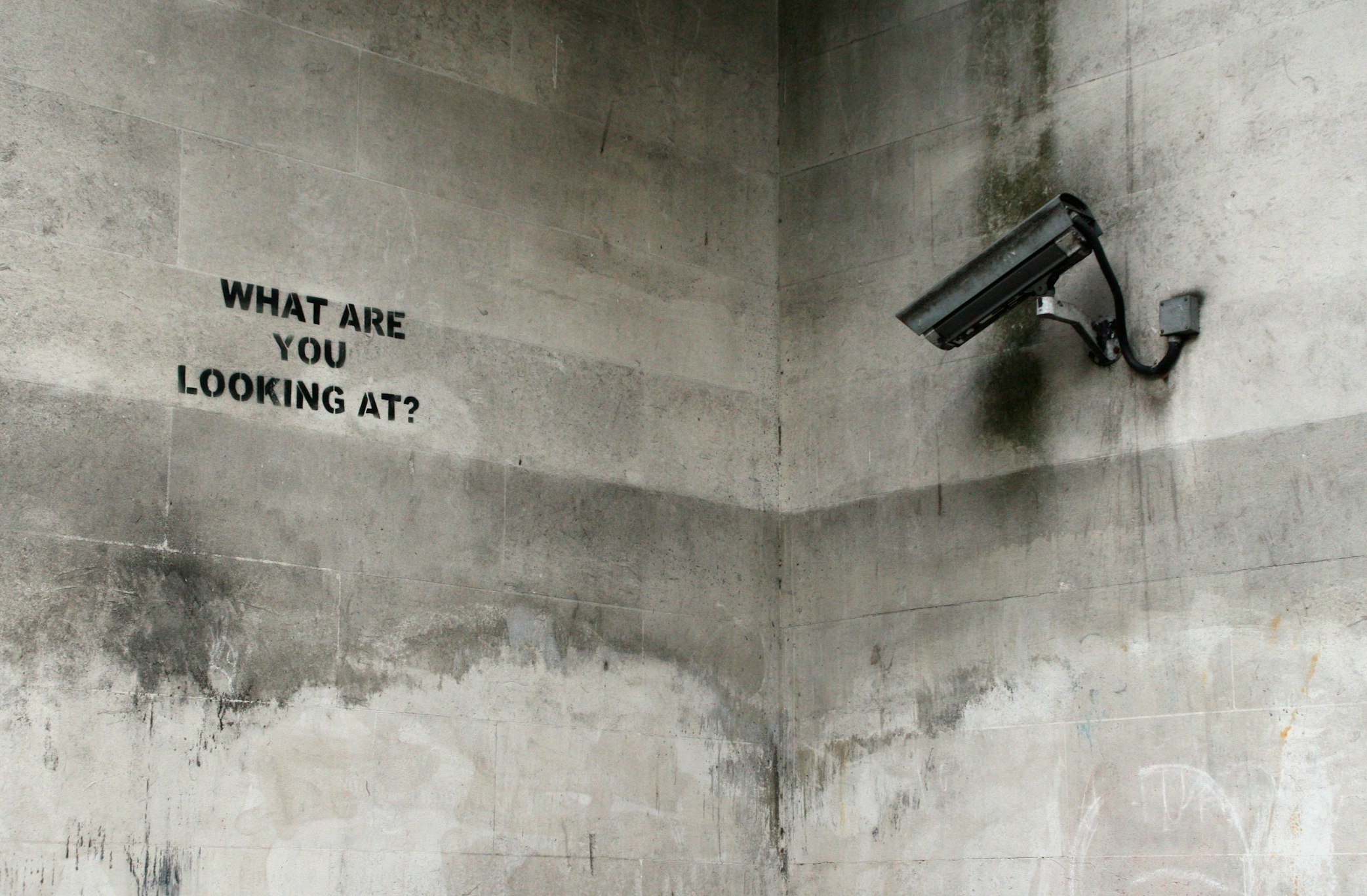
2. Stencils: Precision and Repetition
Stencils offer a level of precision that is often absent in freehand graffiti. By cutting out intricate designs and patterns, artists can reproduce consistent imagery that resonates with viewers. Stencil art has been embraced by many famous artists within the street art movement, including Banksy, who uses the technique to deliver sharp, satirical commentary. The repetitive nature of stencils allows for a strong, unified visual message, making it one of the most recognisable forms in the street art movement.

3. Murals: Storytelling on a Grand Scale
Murals transform entire walls into canvases that tell expansive stories. These large-scale works are often commissioned by communities, local governments, or private collectors, and they serve to celebrate cultural heritage, historical events, or social movements. Murals can be visually stunning and emotionally powerful, inviting viewers to engage with the narrative and immerse themselves in the story. Their scale and permanence have made murals a defining element of the modern street art movement.
4. Wheatpaste: Ephemeral and Impactful
Wheatpaste, a mixture of flour and water, allows artists to quickly adhere paper posters to urban surfaces. This method creates temporary installations that capture the fleeting nature of urban life. Wheatpaste art is inherently ephemeral—its impermanence adds to its allure, as each piece is a snapshot of a moment. Despite its temporary nature, wheatpaste remains a vital part of the street art movement, symbolising the transient beauty of urban expression.
5. 3D Street Art: Blurring the Lines Between Reality and Illusion
Breaking free from flat surfaces, 3D street art uses optical illusions and clever shading techniques to create images that appear to leap off the wall. These interactive pieces invite viewers to engage with the art on a new level as they challenge perceptions and create immersive experiences. The innovative use of space in 3D creations has redefined the boundaries of the street art movement, transforming ordinary surfaces into dynamic, multi-dimensional displays.
Each style contributes to the rich tapestry of the street art movement, showcasing the versatility and innovation that define the genre. They serve as powerful reminders that art is not confined to traditional mediums but is an ever-evolving expression that reflects modern society’s complexities.
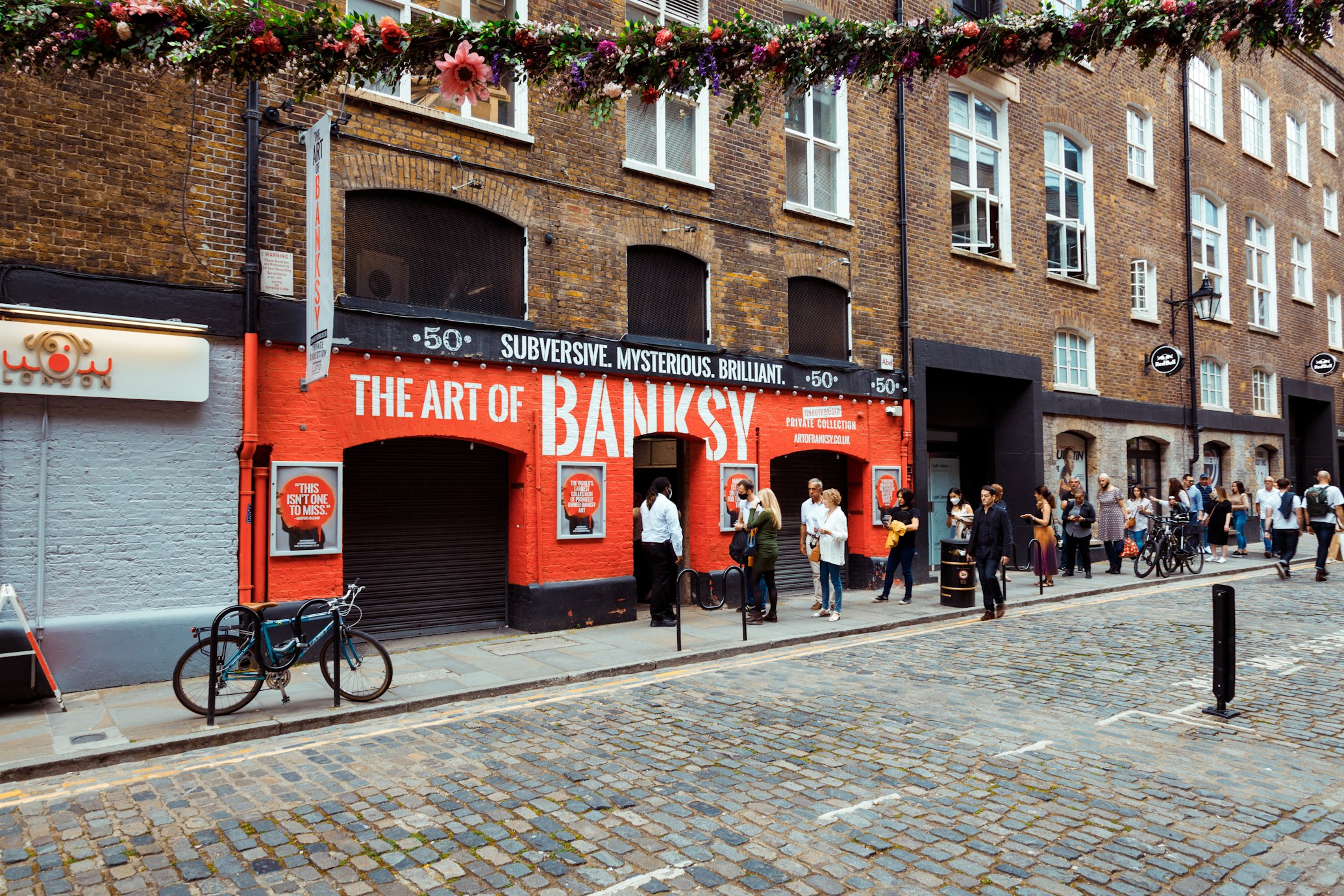
Notable Artists: Shaping the Street Art Movement
The influence of the street art movement can best be understood by examining the journeys of its most celebrated practitioners. These artists have redefined what it means to create art outside the traditional studio and paved the way for future urban creatives.
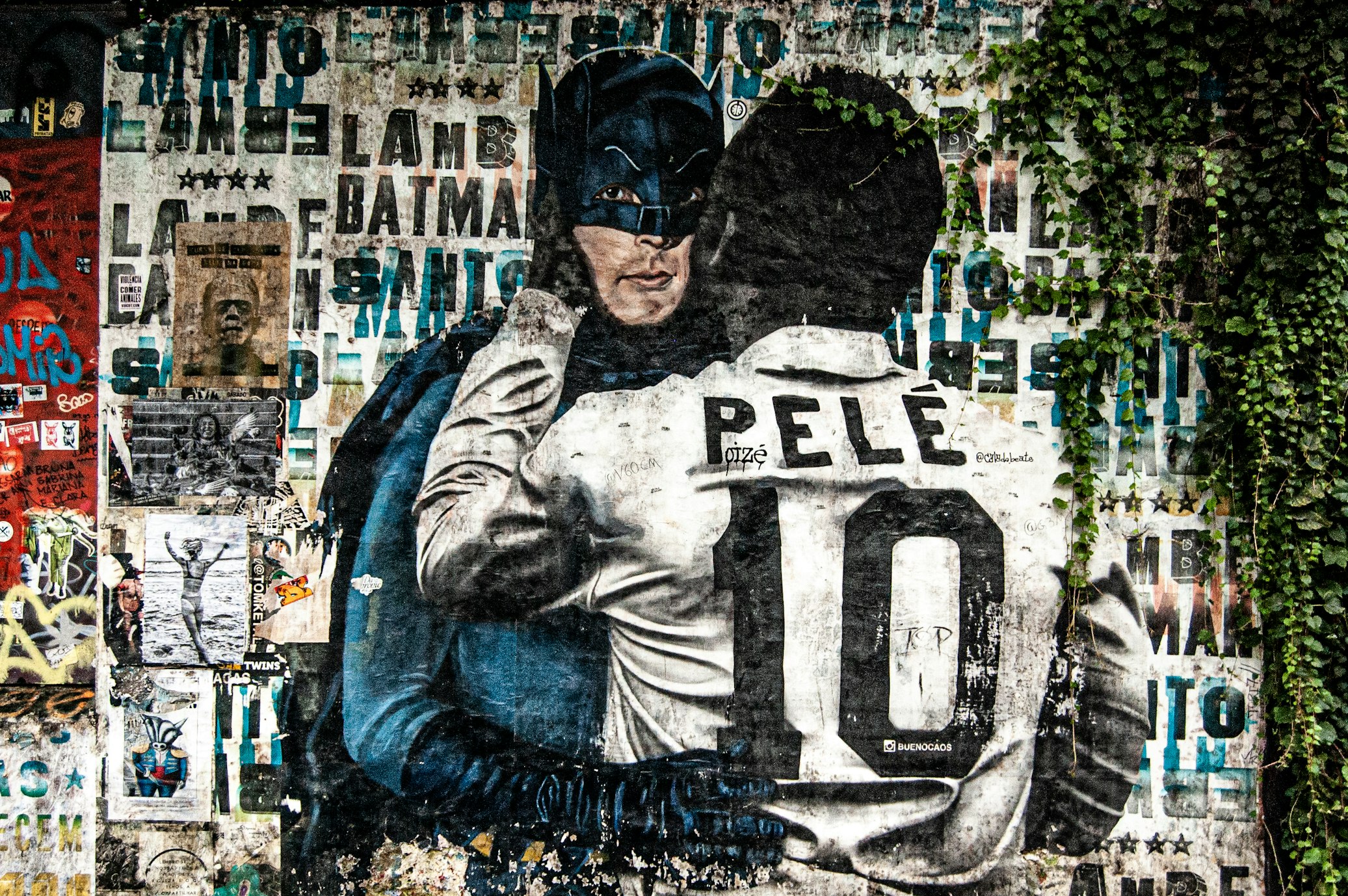
1. Banksy: The Enigmatic Rebel
Banksy, the most renowned urban artist, has become a defining figure in the street art movement. His politically charged and often humorous pieces challenge societal norms and provoke thoughtful discussion. Banksy’s work blurs the line between art and activism, and his anonymity only adds to the mystique and allure of his creations. From stencilled images on brick walls to large-scale installations, Banksy has redefined what it means to create art that is both accessible and deeply provocative within the street art movement.
2. Shepard Fairey: The Voice of Social Change
Shepard Fairey, another towering figure in the world of the street art movement, is best known for his “Obey” campaign and the iconic “Hope” poster that symbolised political change during Obama’s presidential campaign. Fairey’s work is marked by bold imagery and striking iconography, using art to inspire and mobilise communities. His transition from street installations to international exhibitions illustrates the street art movement’s growing acceptance and influence in the broader art world. You can explore more of his work through Shepard Fairey’s Obey Giant Project, which showcases his evolution from street installations to international exhibitions.
3. Swoon: The Master of Intricate Paper Cutouts
Swoon, one of the most prominent female artists in the street art movement, is known for her intricate paper-cut portraits that explore themes of social justice, community, and resilience. Her work, often found on abandoned buildings and unexpected urban spaces, bridges the gap between fine art and the street art movement, bringing deeply personal narratives to public view.
Beyond the Icons: Emerging Voices
A new generation of artists is reshaping urban landscapes with fresh perspectives and innovative techniques. They are pushing the boundaries of traditional graffiti by incorporating digital media, mixed media, and even augmented reality into their work. Their creations reflect contemporary issues, cultural heritage, and personal narratives, ensuring that the street art movement continues to evolve and resonate with modern audiences.
1. INTI: Latin American Heritage in Murals
Hailing from Chile, INTI infuses his large-scale murals with elements of Latin American culture, folklore, and surrealism. His signature style features sun-kissed figures adorned with symbolic motifs, creating thought-provoking pieces that explore themes of identity, spirituality, and societal transformation. INTI’s work can be found in cities worldwide, from Paris to Miami, demonstrating the global reach of emerging artists within the street art movement.
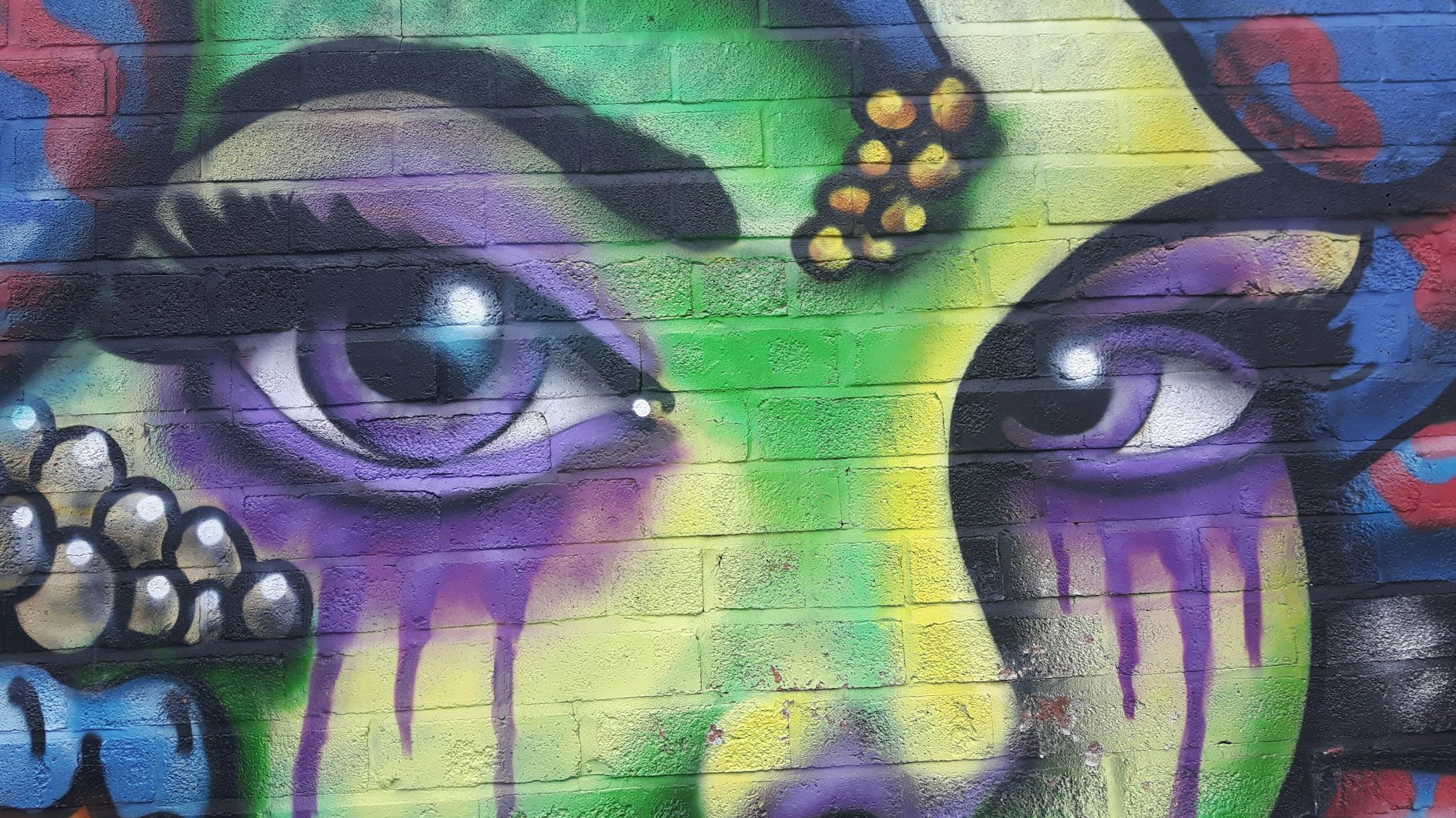
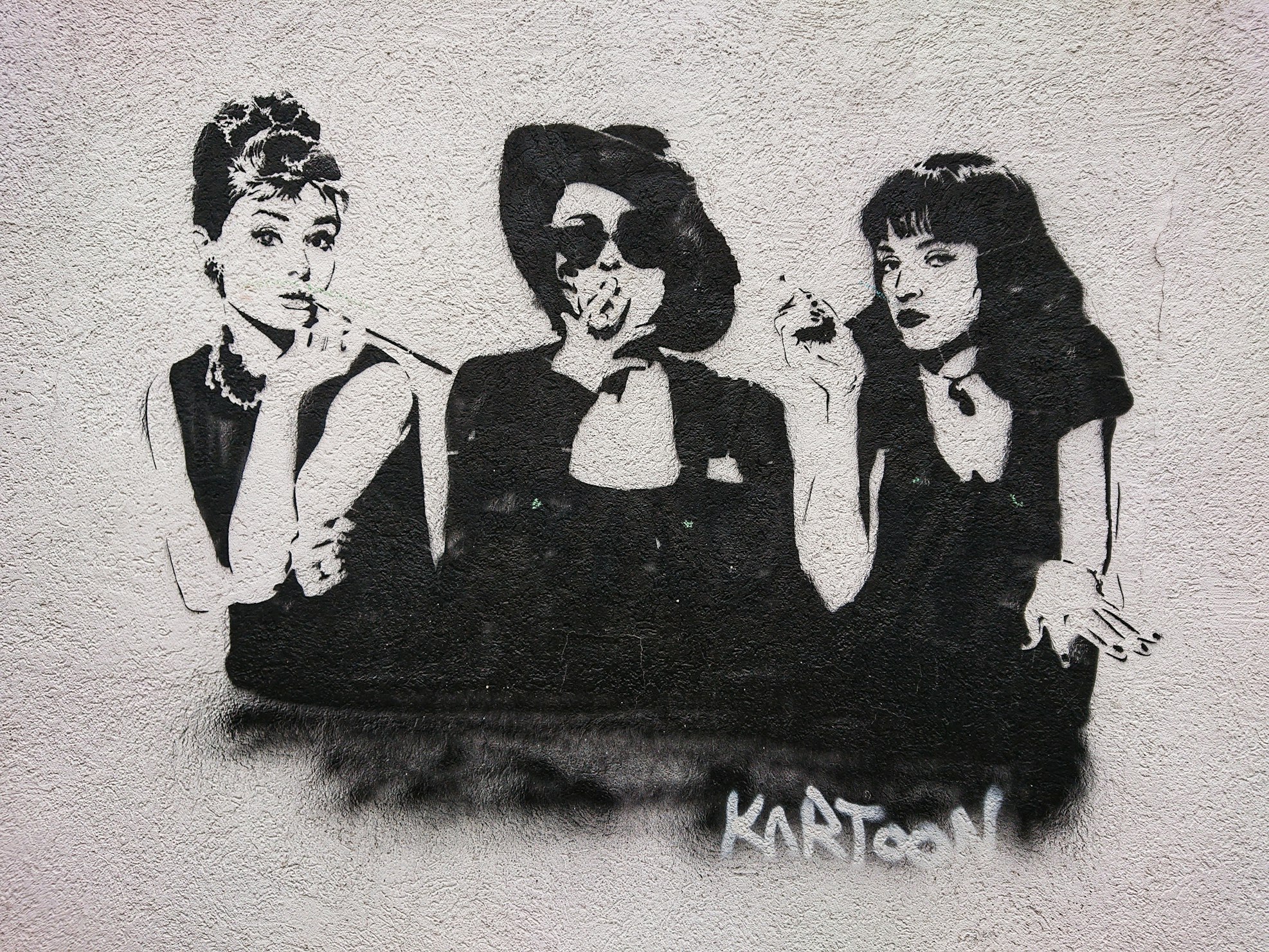
2. FAITH47: A Voice for the Marginalised
South African artist FAITH47 is known for her profoundly emotive and poetic murals highlighting social justice, urban decay, and transformation themes. Her work blends realism with abstract elements, creating hauntingly beautiful pieces that challenge perceptions and provoke introspection. Whether transforming expansive walls or crafting intimate indoor pieces, FAITH47’s work powerfully reflects the resilience and human struggle central to the street art movement.
3. JR: Street Art Meets Social Commentary
French artist JR combines photography and street art to tell powerful human stories. His large-scale black-and-white portraits are often pasted on urban surfaces, bridges, and entire buildings, turning city streets into open-air galleries. Through projects like Inside Out and Women Are Heroes, JR uses his art to amplify the voices of marginalised communities, bridging the gap between art and activism within the street art movement.
These artists—and many others—are redefining the global street art movement, ensuring it remains a dynamic and ever-evolving form of creative expression. With social media and global street art festivals providing unprecedented exposure, emerging voices are gaining international recognition, proving that the street art movement’s future is as bold and impactful as its past.
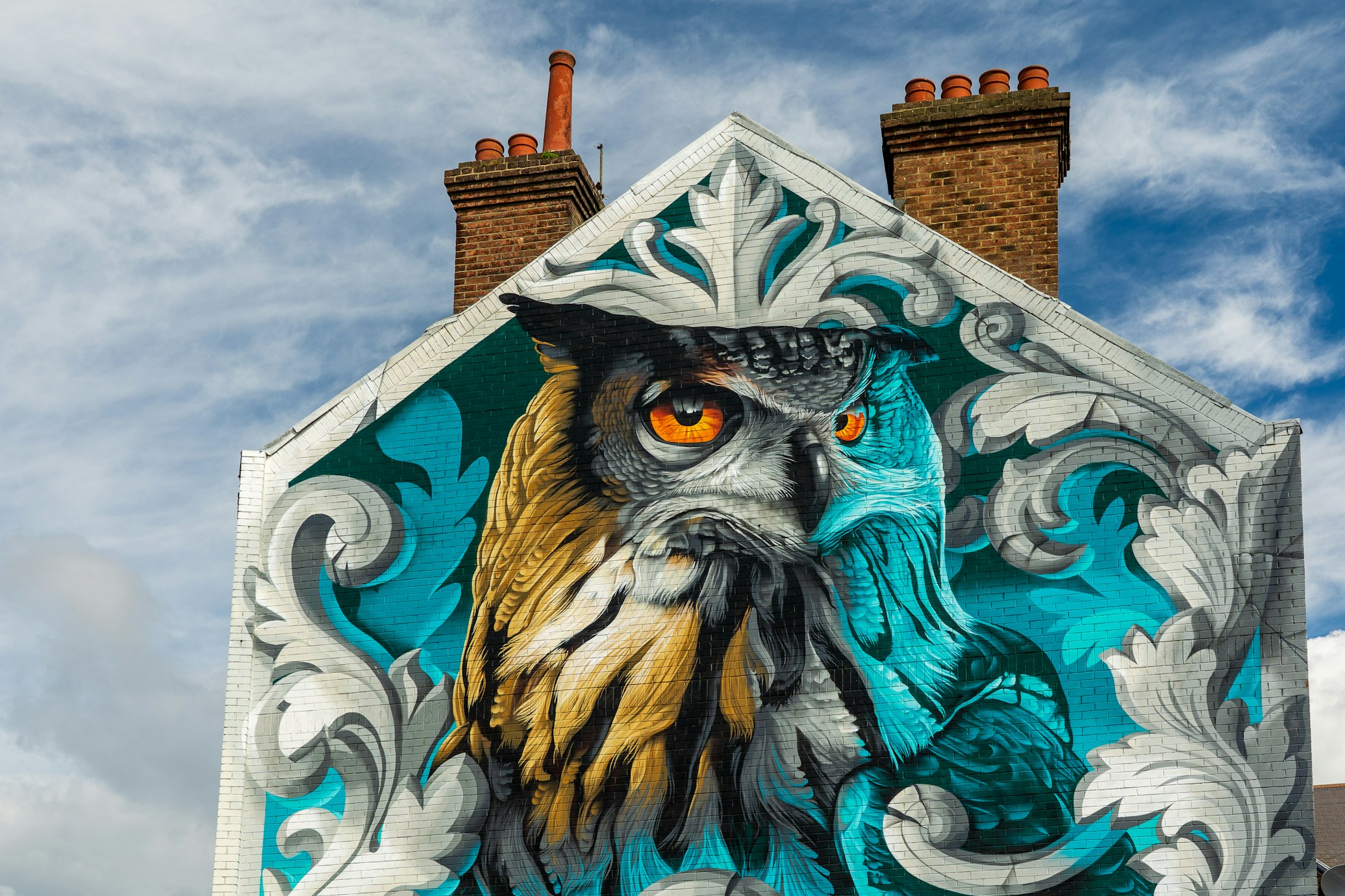
Global Street Art Festivals: Celebrating Urban Creativity
Street art festivals have become a cornerstone of the global art scene. These events bring together artists from around the world to celebrate the diversity and dynamism of the street art movement. Festivals like POW! WOW! In Hawaii, the Nuart Festival in Norway, and the Meeting of Styles in Germany have transformed urban spaces into open-air galleries where creativity knows no bounds.
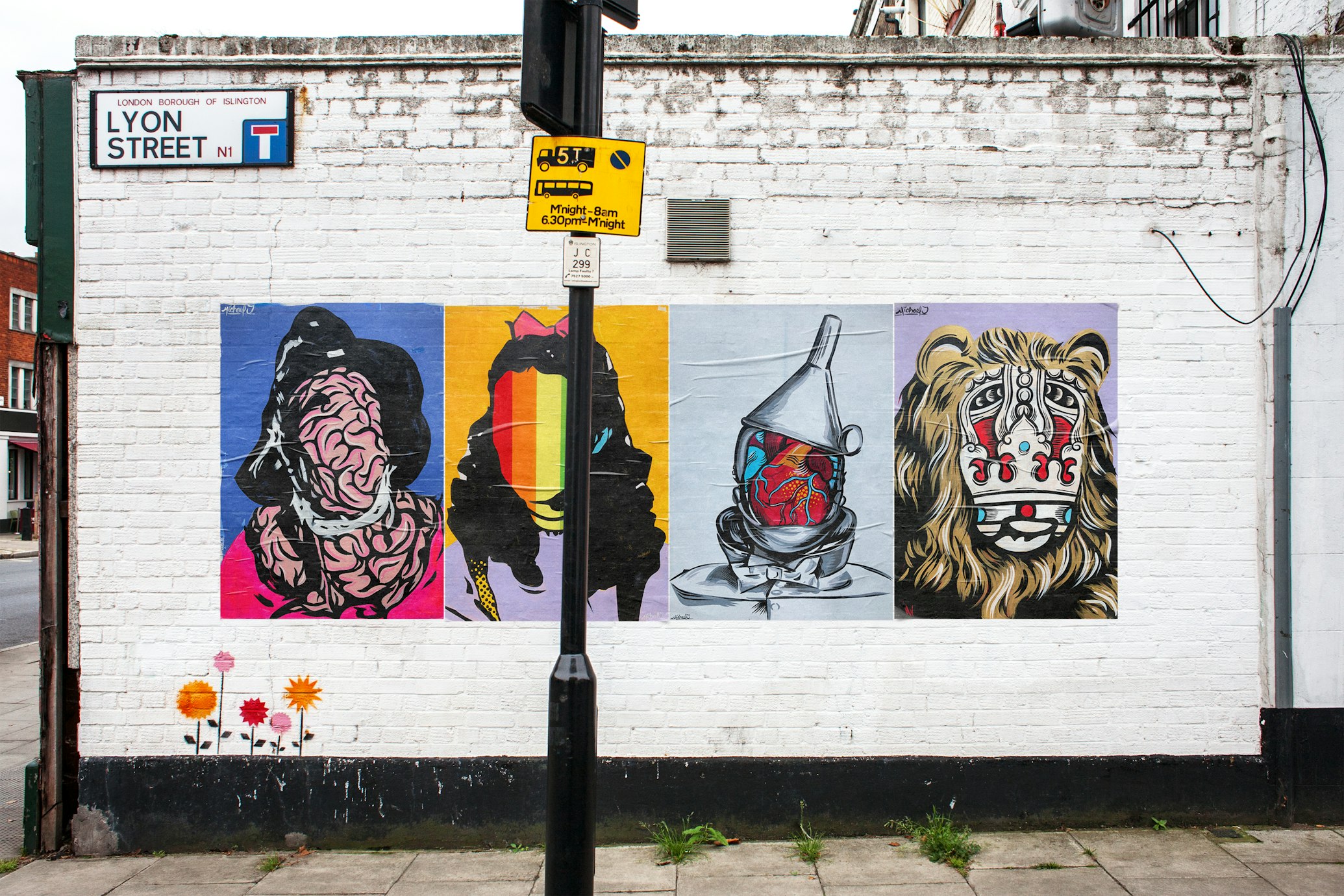
1. The Role of Festivals in the Evolution of the Street Art Movement
Street art festivals are more than exhibitions; they are vibrant celebrations of cultural exchange and creative innovation. They allow artists to collaborate, share techniques, and push the limits of their creative expression. These festivals foster an environment where traditional boundaries dissolve, and artists can experiment freely, often resulting in groundbreaking work that challenges conventional artistic norms within the street art movement.
2. Cultural Convergence on a Global Scale
One of the most exciting aspects of these festivals is their ability to bring together diverse cultures and unique artistic styles. Each festival is a melting pot where ideas are exchanged, and new artistic movements are born. The convergence of international talent enriches the festival experience and contributes to the global dialogue on the street art movement. This international exposure has significantly elevated the street art movement from a local urban phenomenon to a respected global art form.
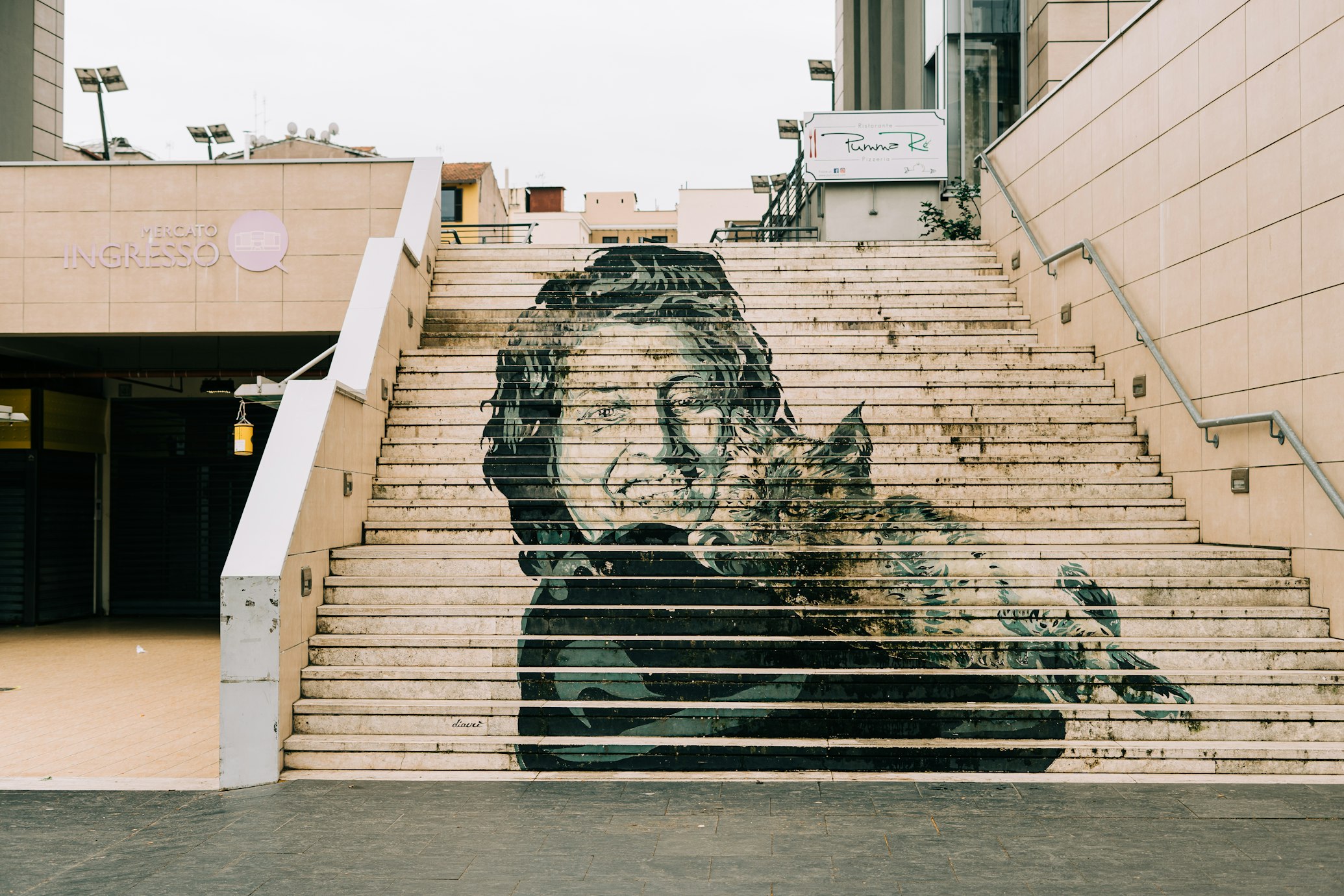
3. Virtual Festivals: Expanding Accessibility
Many street art festivals have embraced virtual platforms in response to global events and the increasing need for digital connectivity. Online exhibitions, interactive workshops, and digital galleries have allowed enthusiasts worldwide to experience the vibrancy of the street art movement without leaving their homes. Explore virtual street art with Google Arts & Culture to see how technology is bringing murals, graffiti, and installations from around the globe to your This digital evolution has broadened the audience and opened new avenues for creative expression and collaboration within the street art movement.
These festivals underscore the transformative power of the street art movement, a unifying force that transcends geographical and cultural barriers and catalyses innovation and dialogue in the art world.
Street Art Movement in Galleries: Challenging Traditional Boundaries
Over the past few decades, the migration of the street art movement from urban walls to the refined spaces of galleries and museums has marked a significant cultural shift. This transition validates the street art movement as a serious art form and challenges the established norms of what constitutes fine art.

1. Breaking Down Barriers
Including the street art movement in galleries has fundamentally altered the art world’s perception of urban creativity. Works once considered acts of defiance are now exhibited alongside classical paintings and sculptures. This integration has sparked debates about the nature of art, the role of the artist, and the importance of context in shaping our understanding of creative expression.
2. Landmark Exhibitions
Exhibitions such as “Beyond the Streets” in Los Angeles have been instrumental in bringing the street art movement to a broader audience. These shows feature a diverse array of works—from gritty graffiti to polished installations—demonstrating the depth and complexity of the genre. Such exhibitions not only celebrate the history and evolution of the street art movement but also highlight its relevance in today’s art world.
3. Commercial Success and Critical Acclaim
The commercial success of artists from the street art movement in the gallery circuit has been nothing short of remarkable. Works by artists like Banksy and Shepard Fairey have fetched record prices at auction, reflecting a growing appreciation for the street art movement’s cultural and monetary value. This commercial recognition has paved the way for more urban artists to gain entry into the mainstream art market, blurring the lines between public art and fine art.
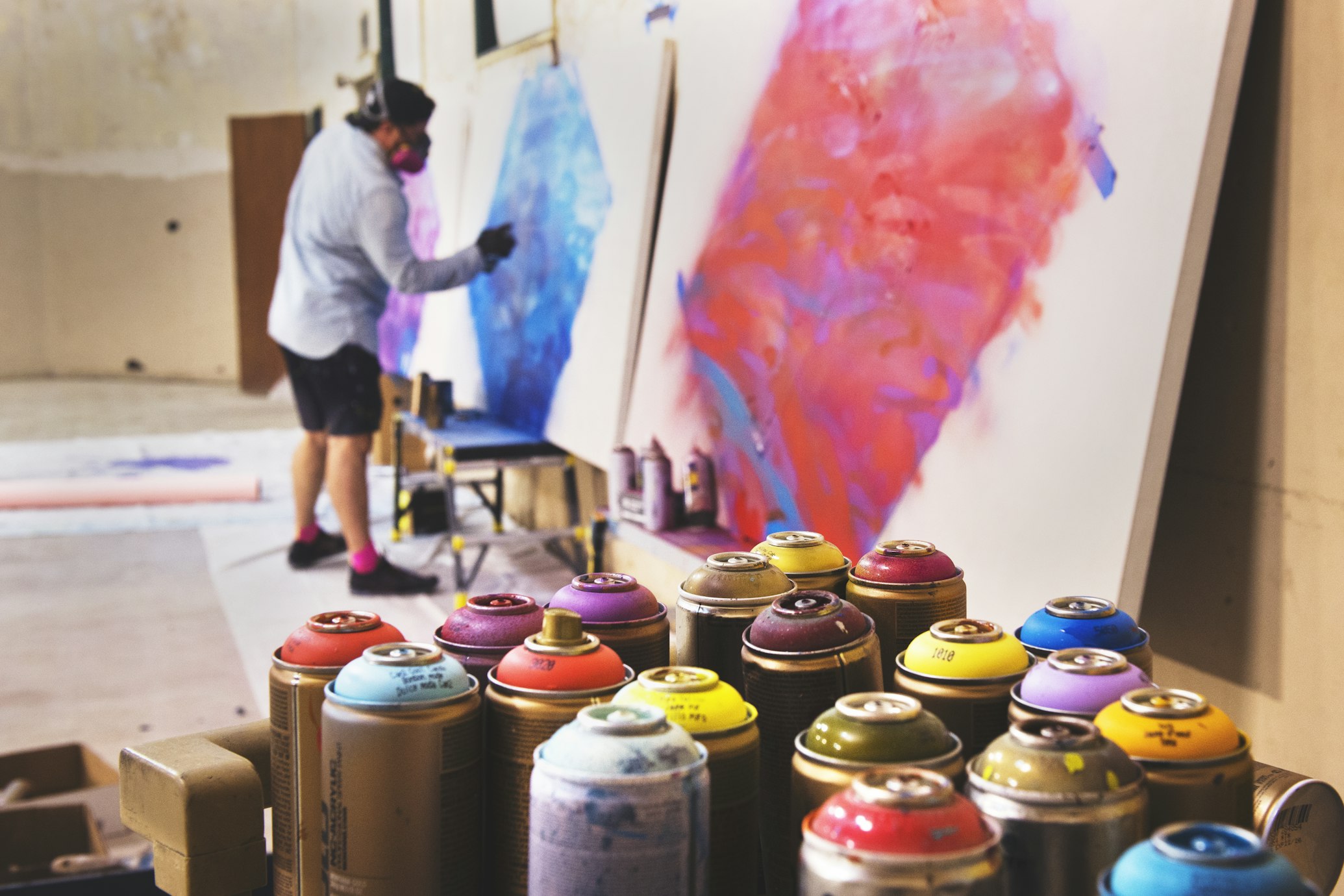
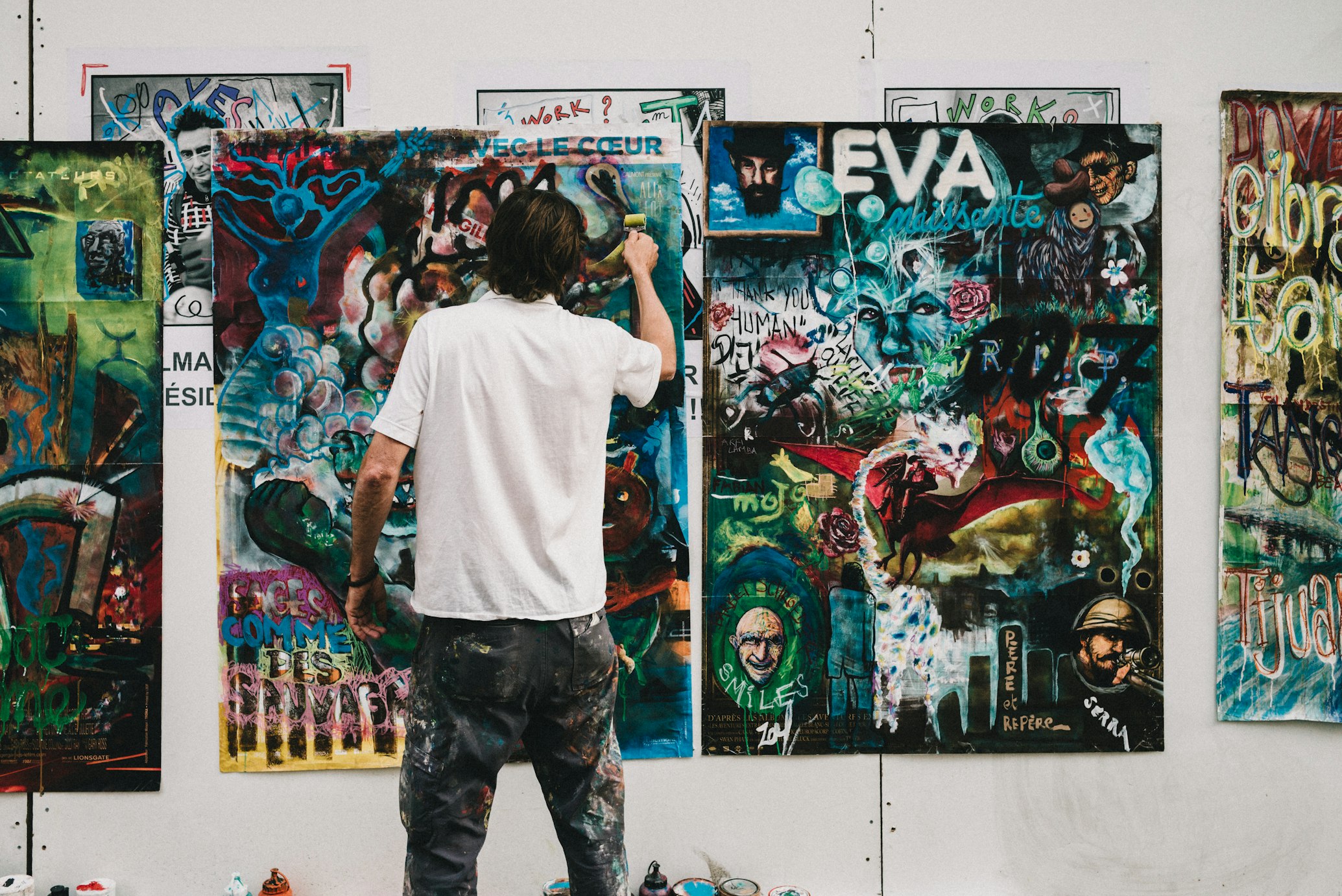
Respect for the Art Form
The street art movement’s raw, unpolished aesthetic is increasingly valued despite its vulnerability to weather and urban change. Its fleeting nature adds to its allure, creating a sense of impermanence that captivates admirers. As recognition grows, so does appreciation for its transient beauty, marking a shift in the art world’s perspective on the street art movement.
Conclusion
The street art movement is more than a style — it’s a powerful movement that turns public spaces into canvases for expression and change. Blending traditional and urban art, it uses bold imagery to challenge perspectives, ignite conversations, and reshape how we see the world. The street art movement plays a pivotal role in promoting diversity and inclusivity within the art world, giving voice to underrepresented communities and perspectives. By transforming cityscapes, the street art movement leaves a lasting imprint on culture, society, and how we experience our surroundings.
FAQs
The street art movement is a visual art form created in public spaces. It encompasses techniques like murals, stencils, wheatpaste, installations, and graffiti. Graffiti is one of the street art movement’s original and most influential styles, often focused on stylised lettering and tags. While the street art movement now includes a broader range of materials and messages, graffiti remains its cultural and creative foundation.
The street art movement began as a form of rebellious urban expression, often viewed as vandalism. Over time, prominent artists like Banksy and Jean-Michel Basquiat helped elevate its status by blending raw street visuals with powerful social commentary. Today, the street art movement is showcased in galleries and museums, recognised for its cultural impact and artistic innovation.
Notable artists in the street art movement include:
- Banksy – known for satirical and political stencil work
- Shepard Fairey – creator of the “Obey” campaign and Obama’s “Hope” poster
- Jean-Michel Basquiat, who transitioned from graffiti to fine art
Emerging artists worldwide continue to shape the street art movement using digital tools, mixed media, and AR.
Popular forms within the street art movement include:
- Graffiti – expressive, letter-based art
- Stencils – repeatable, detailed images
- Murals – large-scale storytelling on walls
- Wheatpaste – poster art that’s fast and ephemeral
- 3D Street Art – illusion-based designs that engage viewers interactively. Each style adds to the street art movement’s diversity and innovation.
Street art festivals provide platforms for global artists to collaborate, showcase work, and exchange ideas. Events like POW! WOW! Nuart and Meeting of Styles transform cities into open-air galleries. Many have also embraced virtual formats, increasing accessibility and global reach for the street art movement.
The street art movement reflects social issues, challenges norms, and reclaims public space as a canvas for dialogue. It connects communities, makes art accessible, and brings attention to inequality, climate change, and identity. Its power lies in being both disruptive and unifying.
While some pieces from the street art movement are preserved or recreated, much of it is inherently ephemeral. Weather, city development, and its public nature mean it often fades or is removed. This impermanence adds value, capturing a moment and highlighting art’s fleeting beauty within the street art movement.

